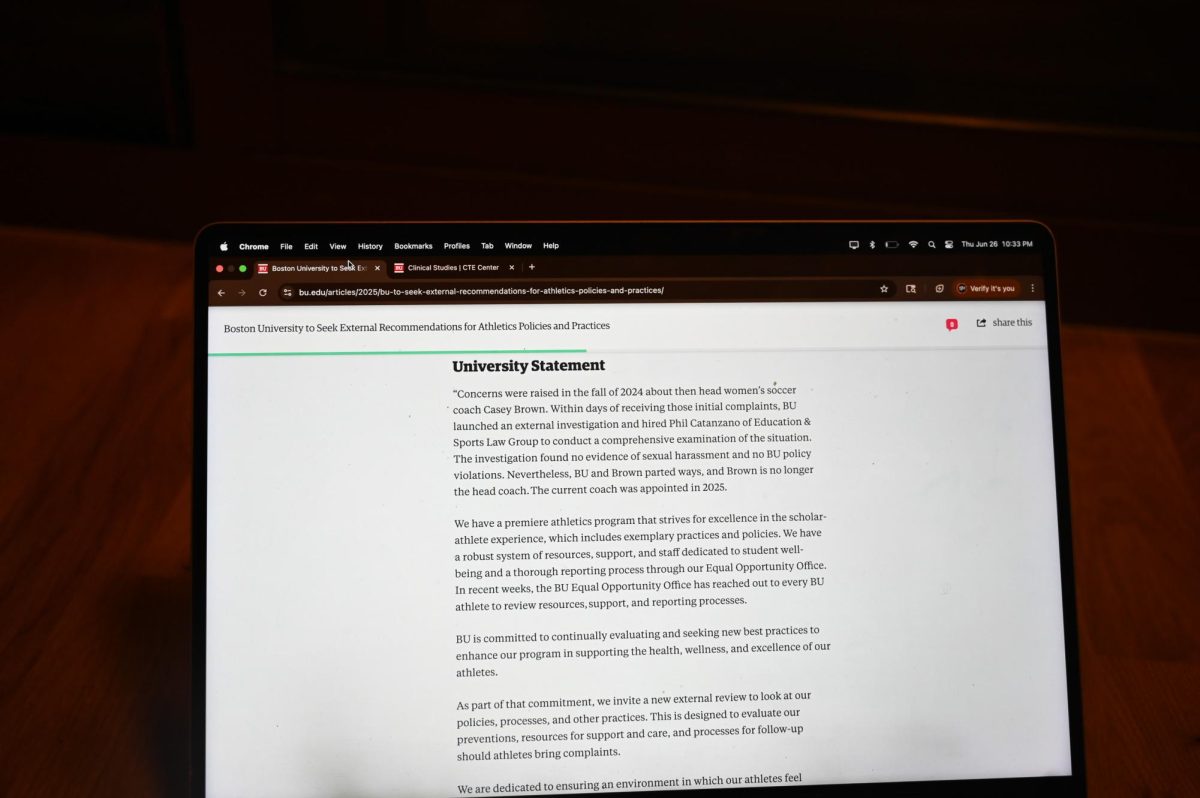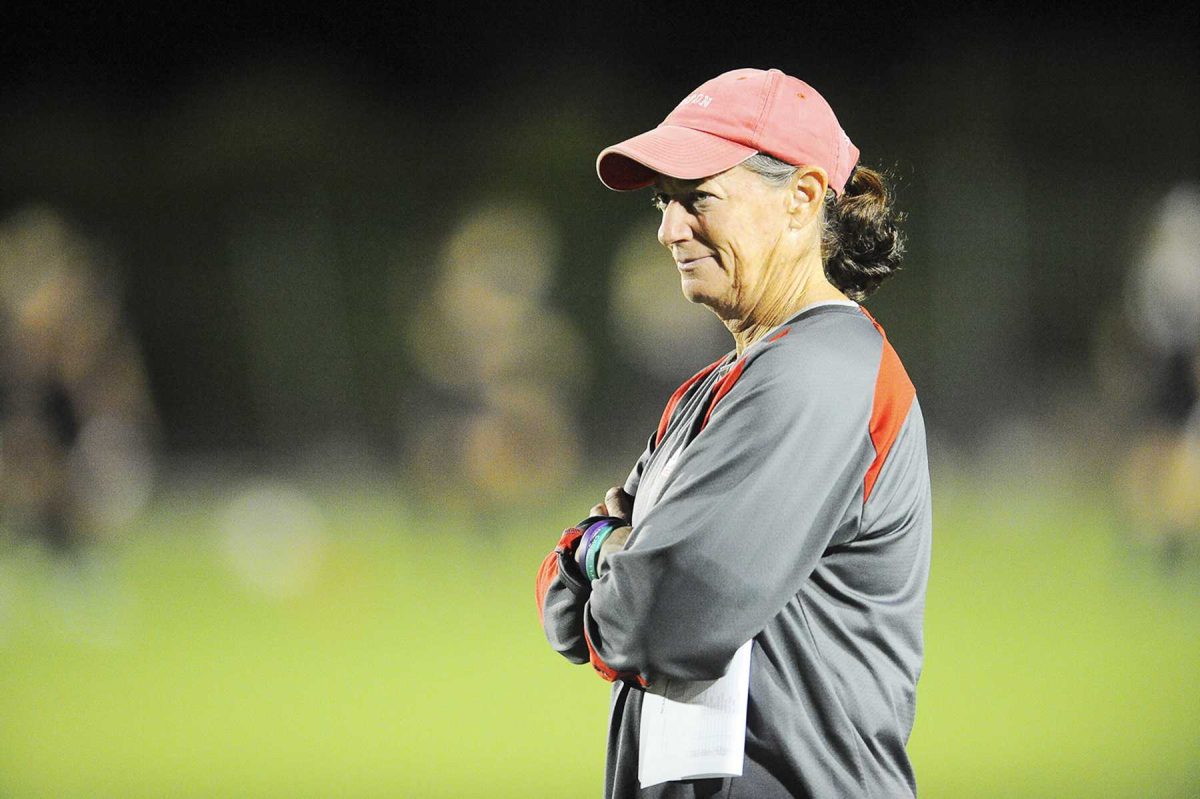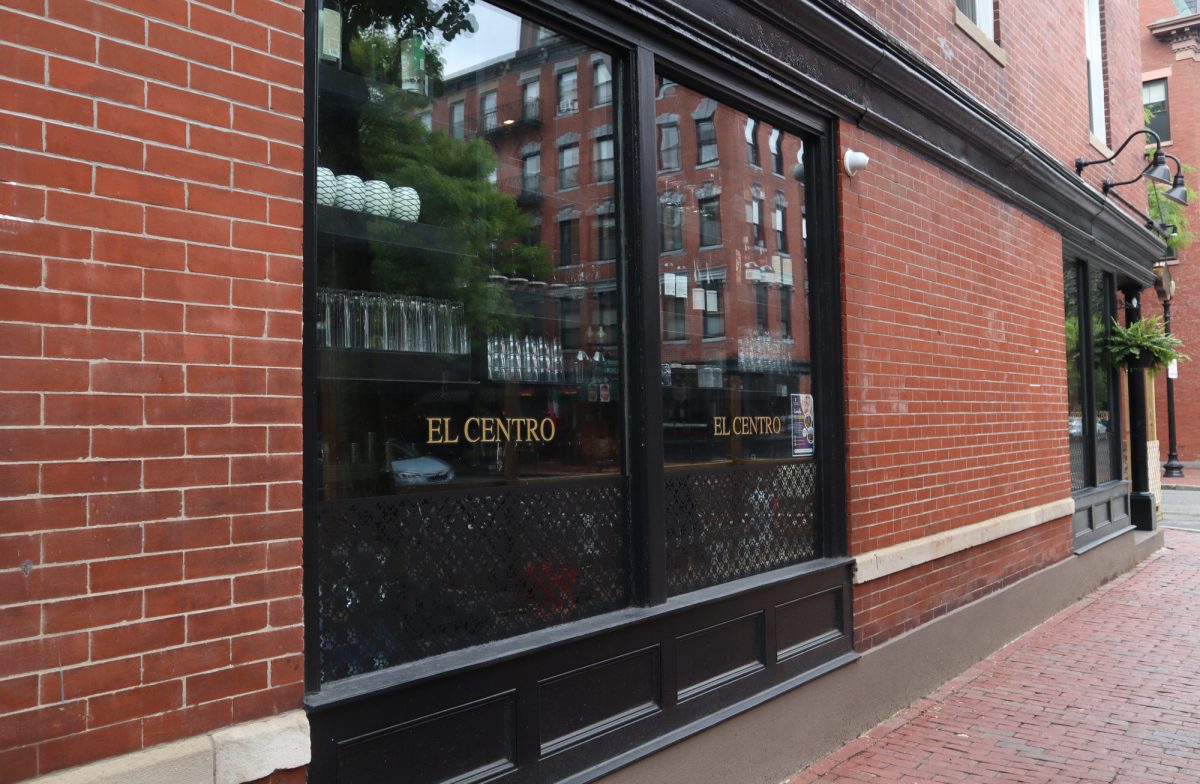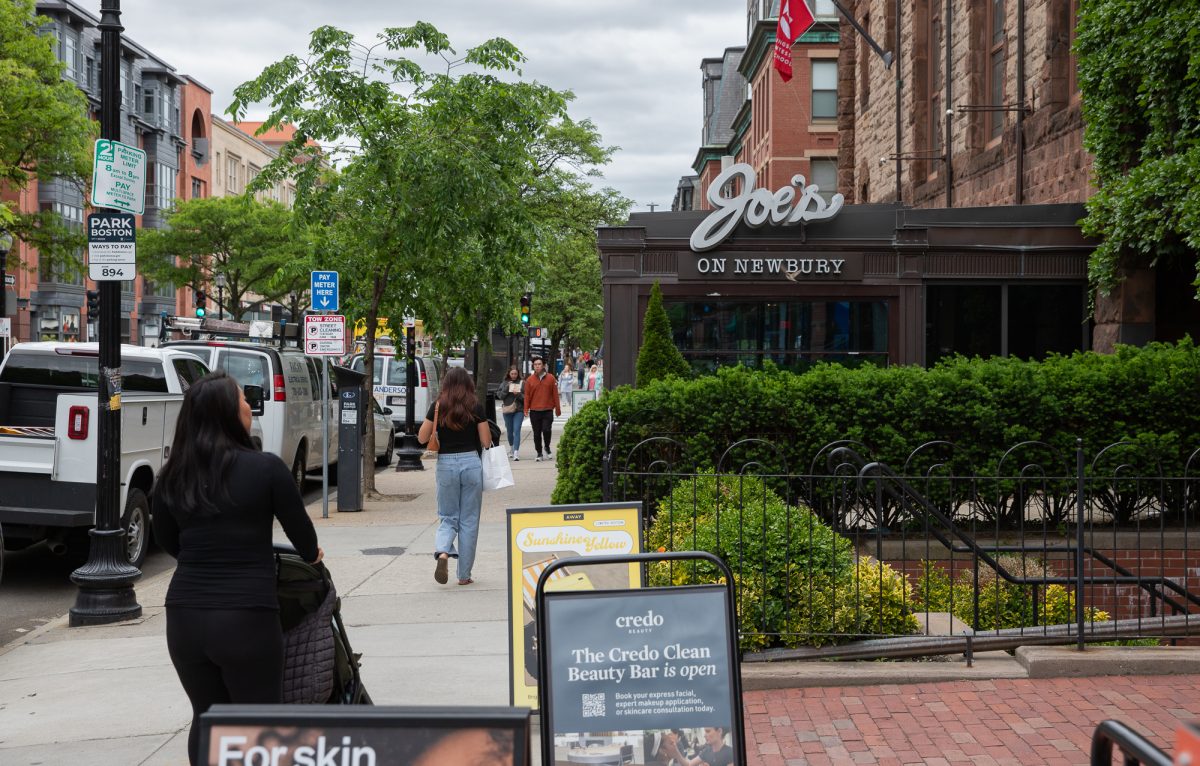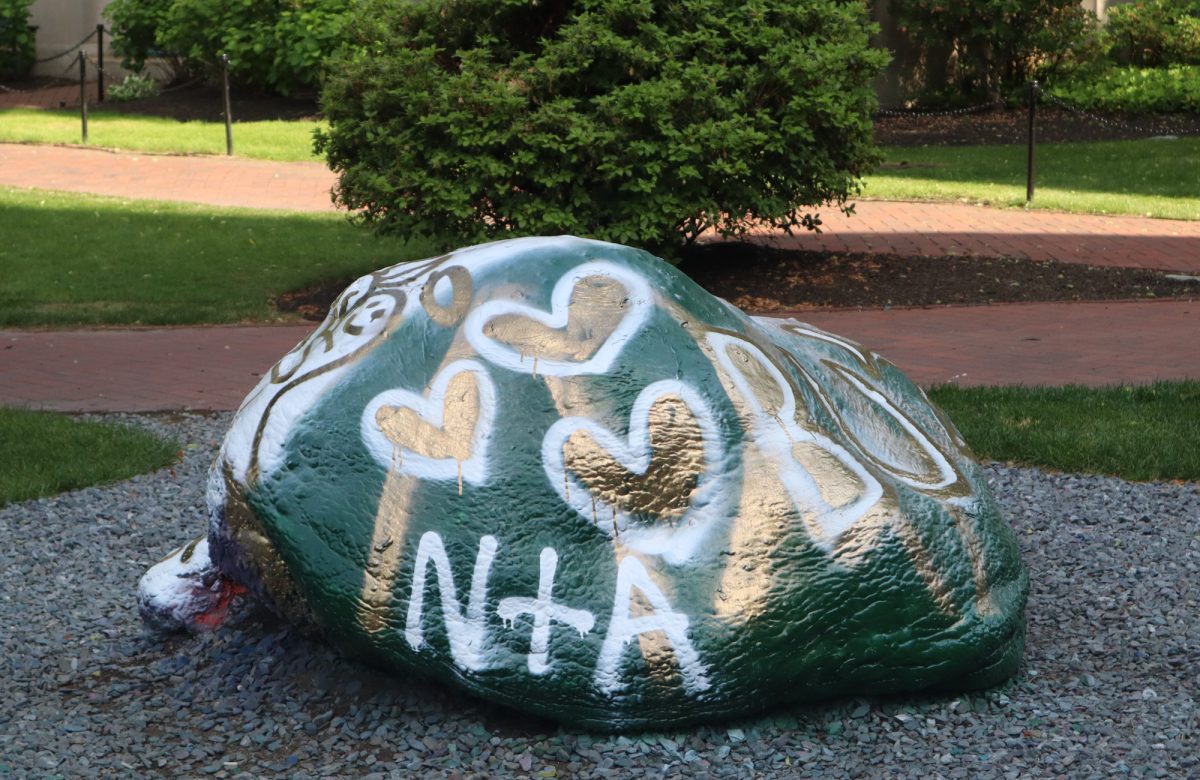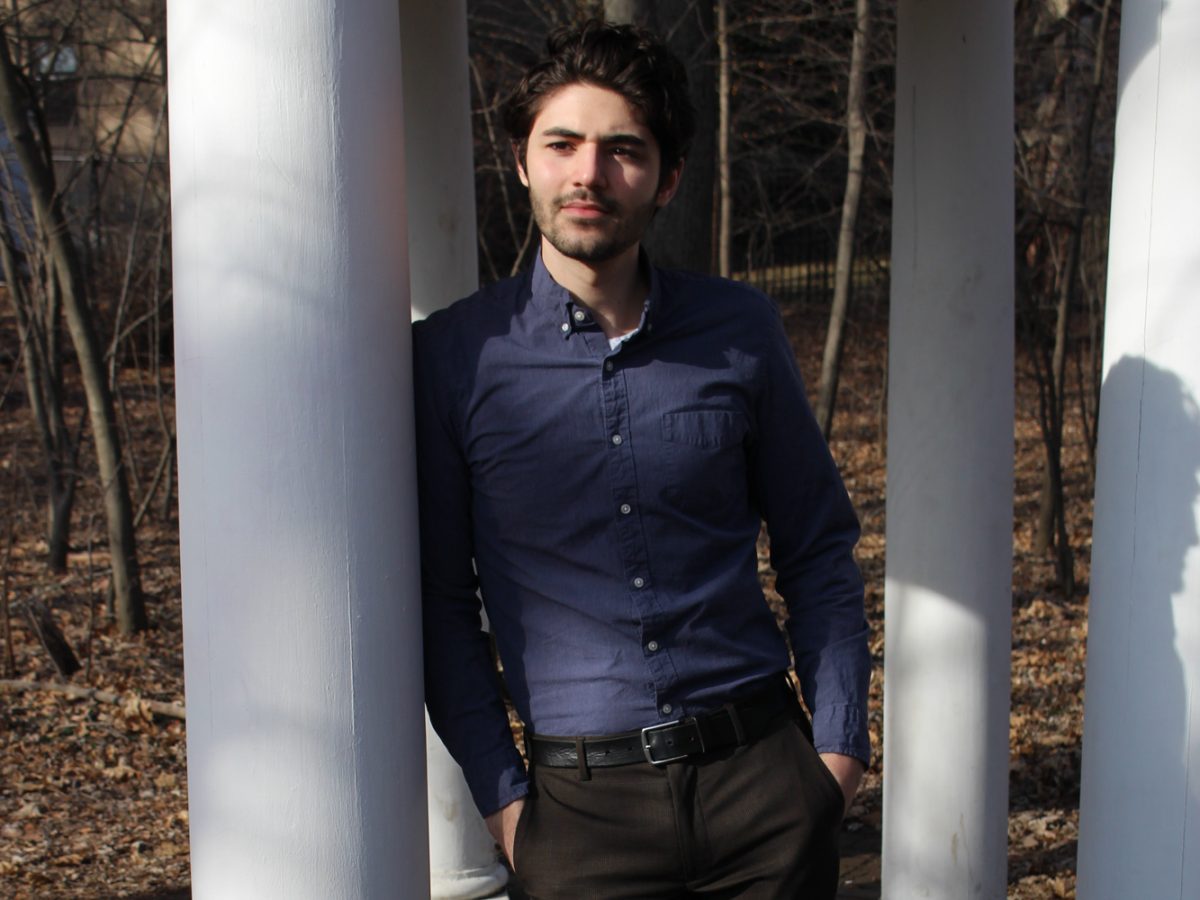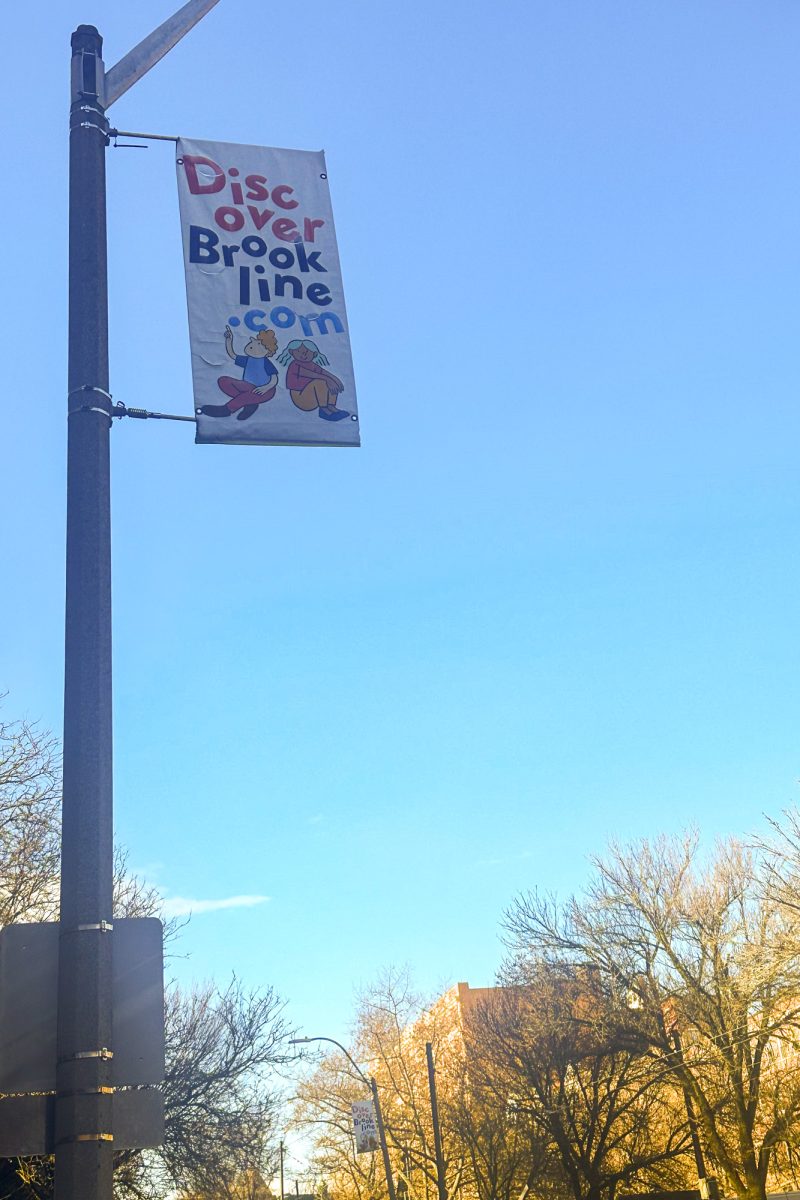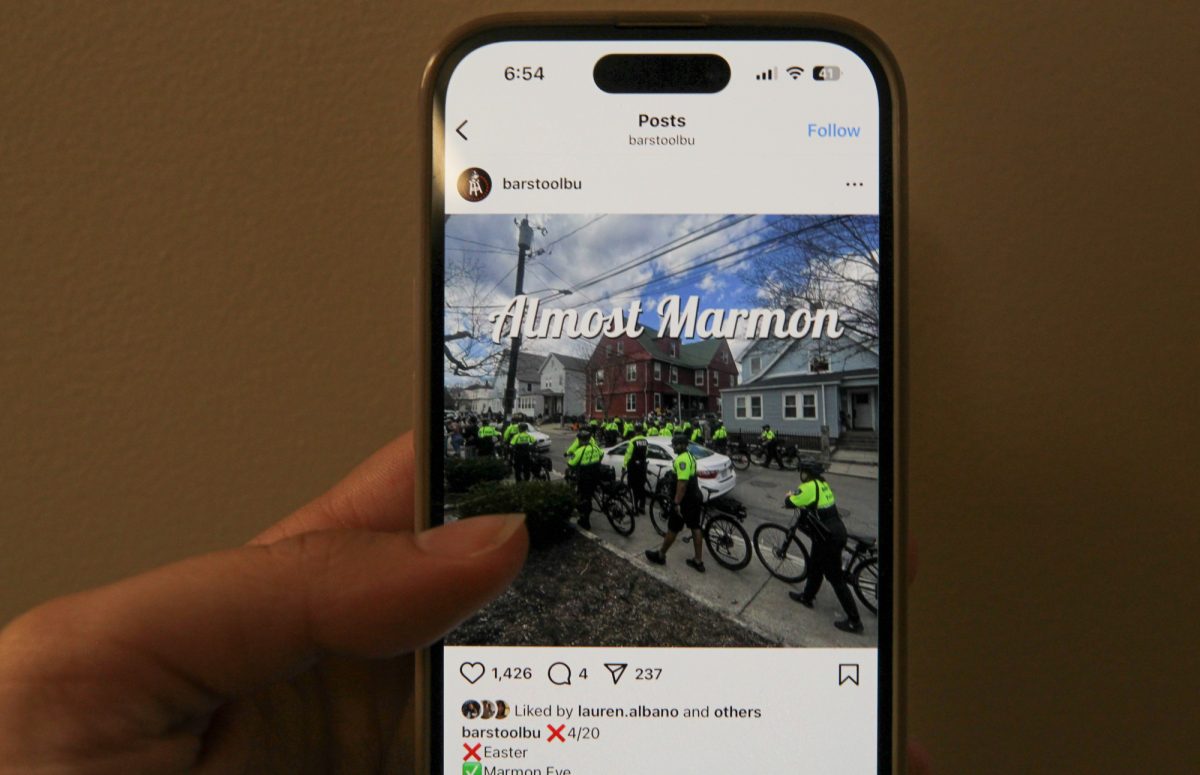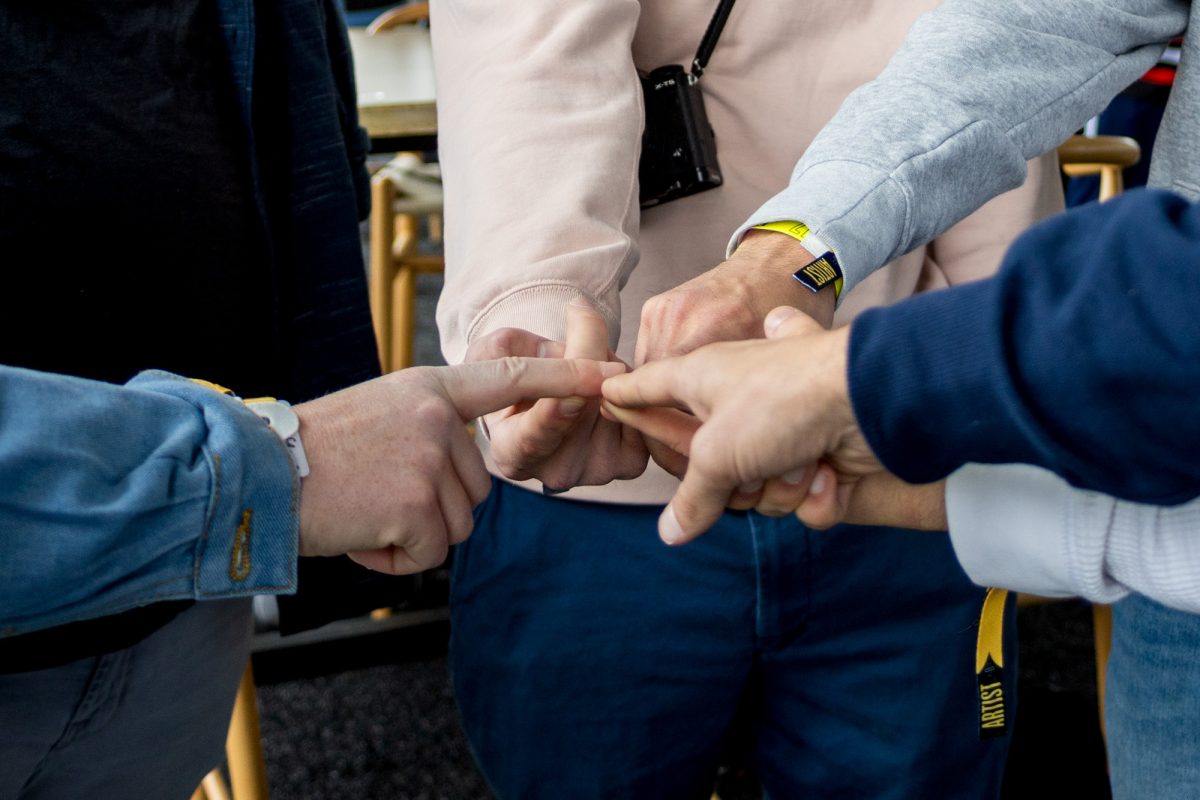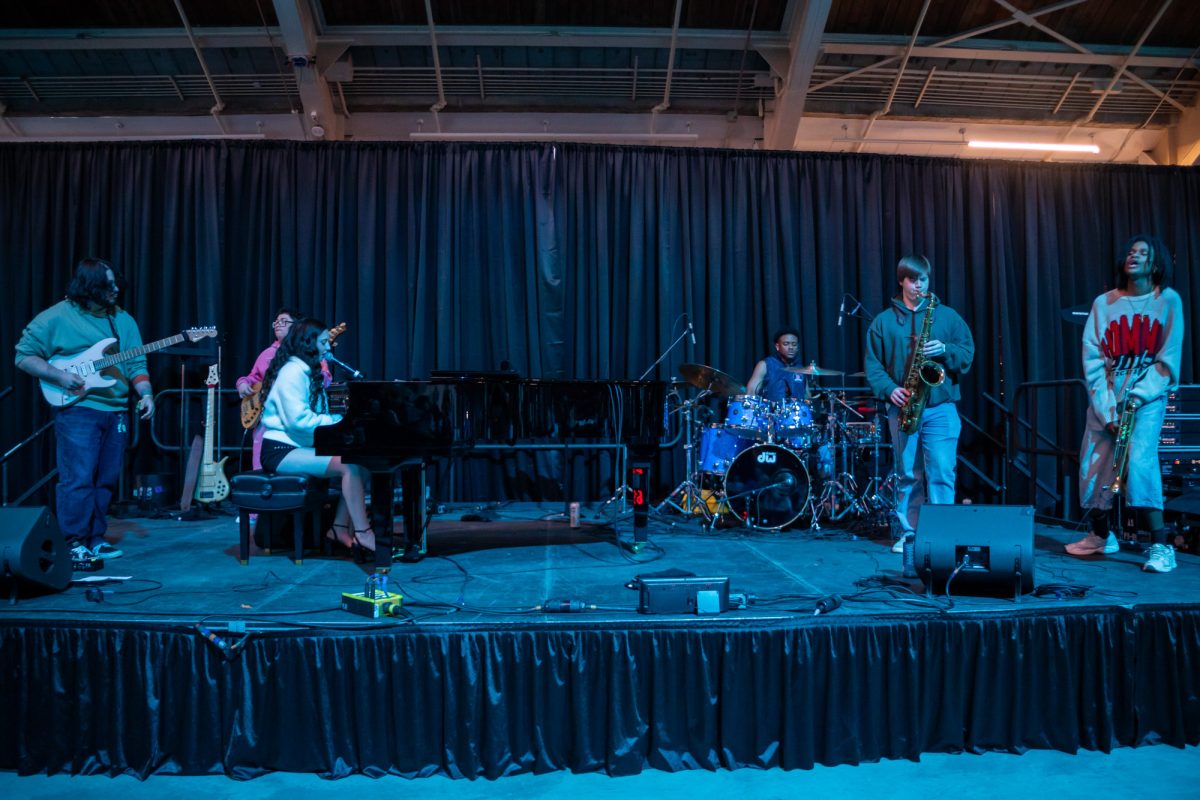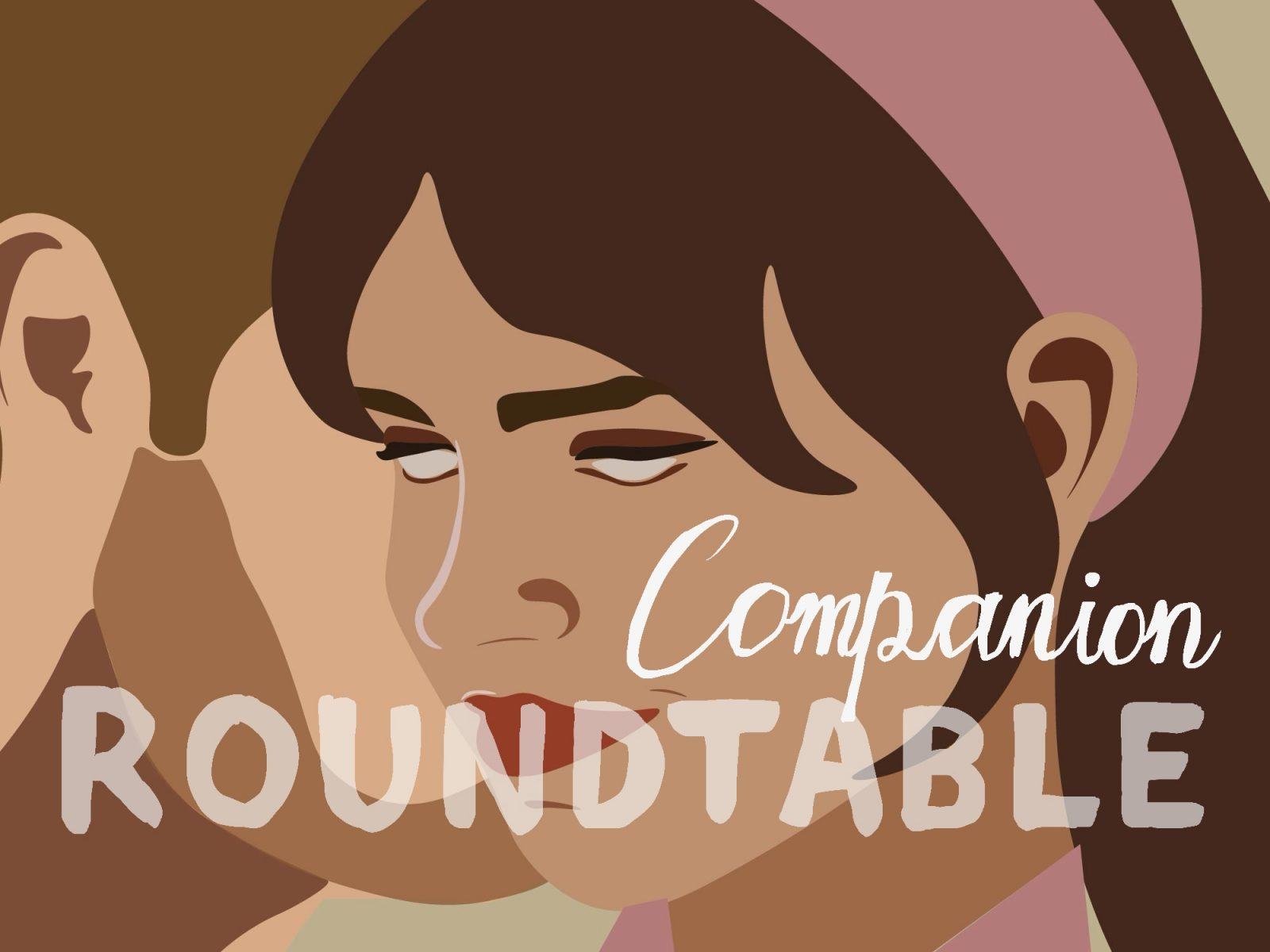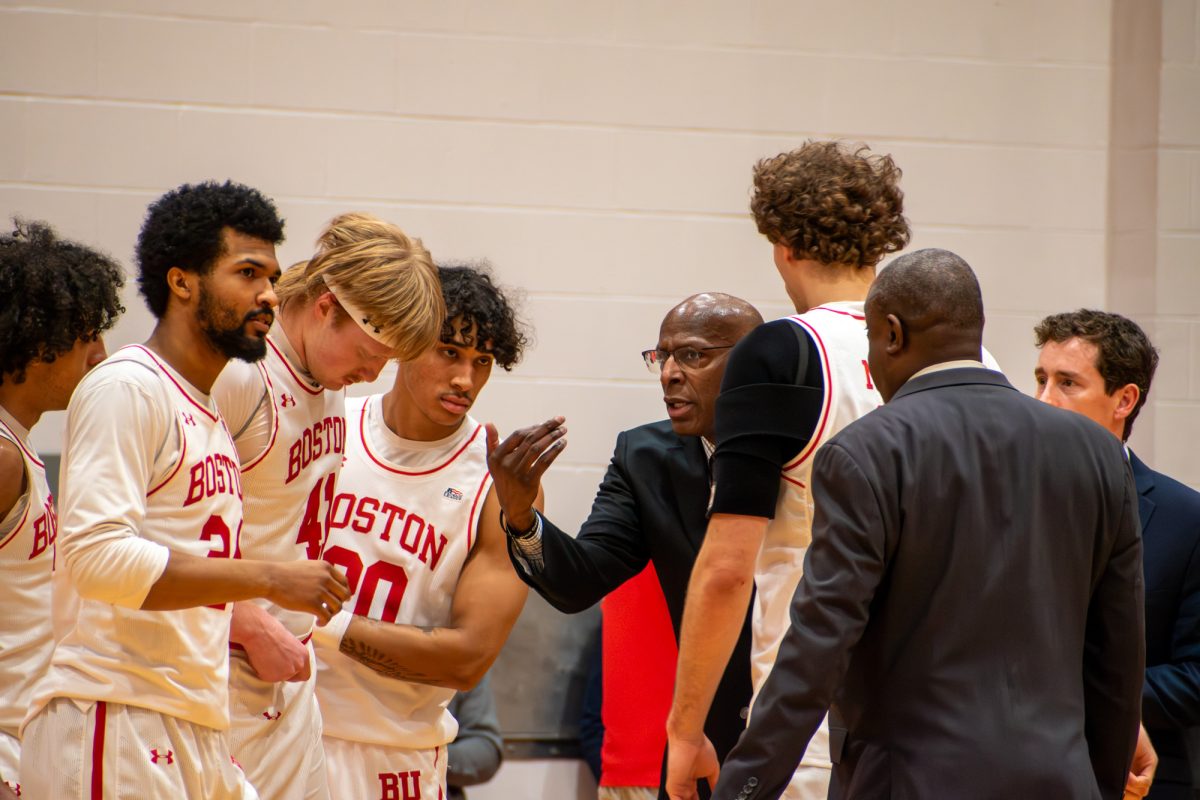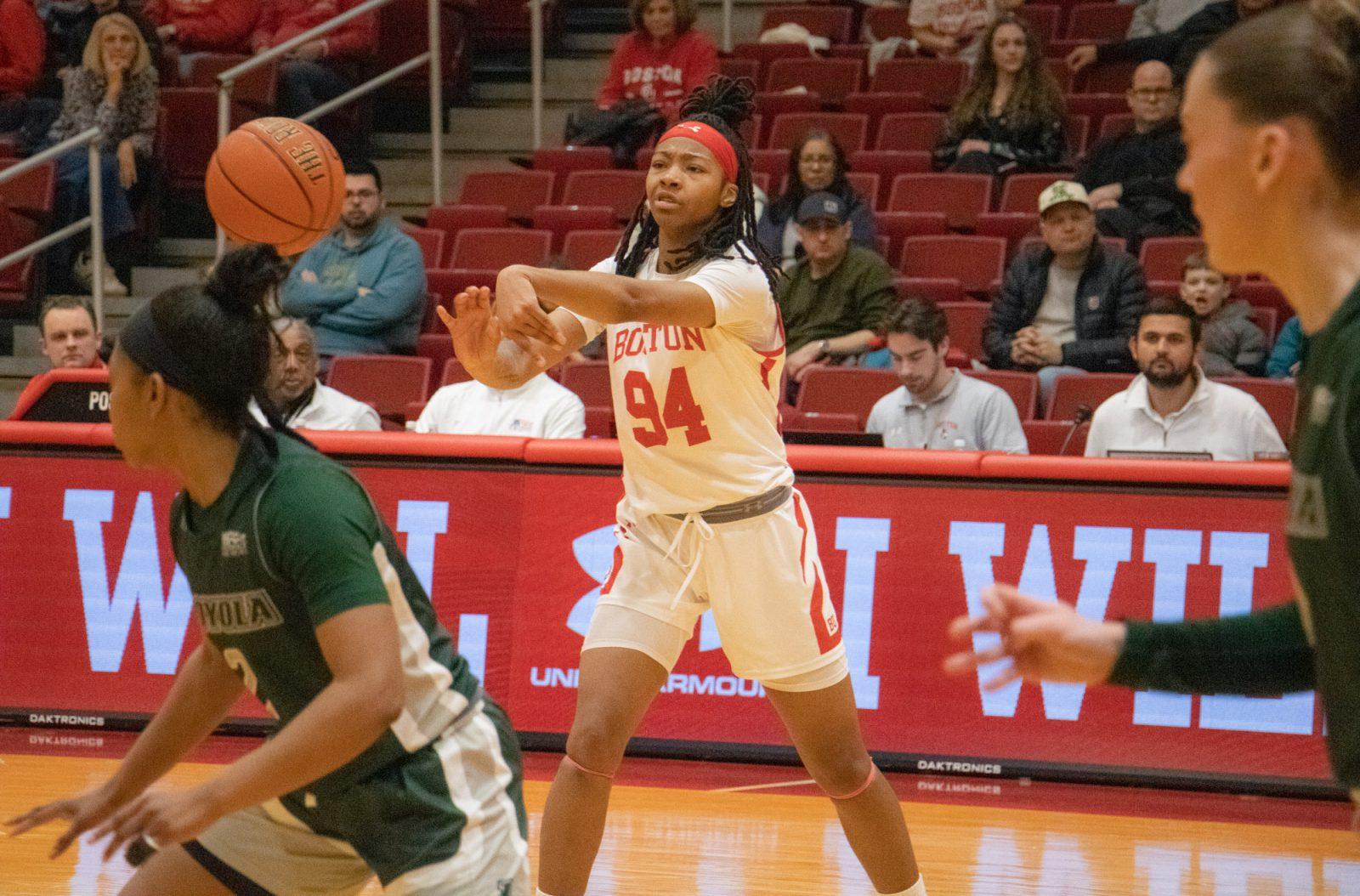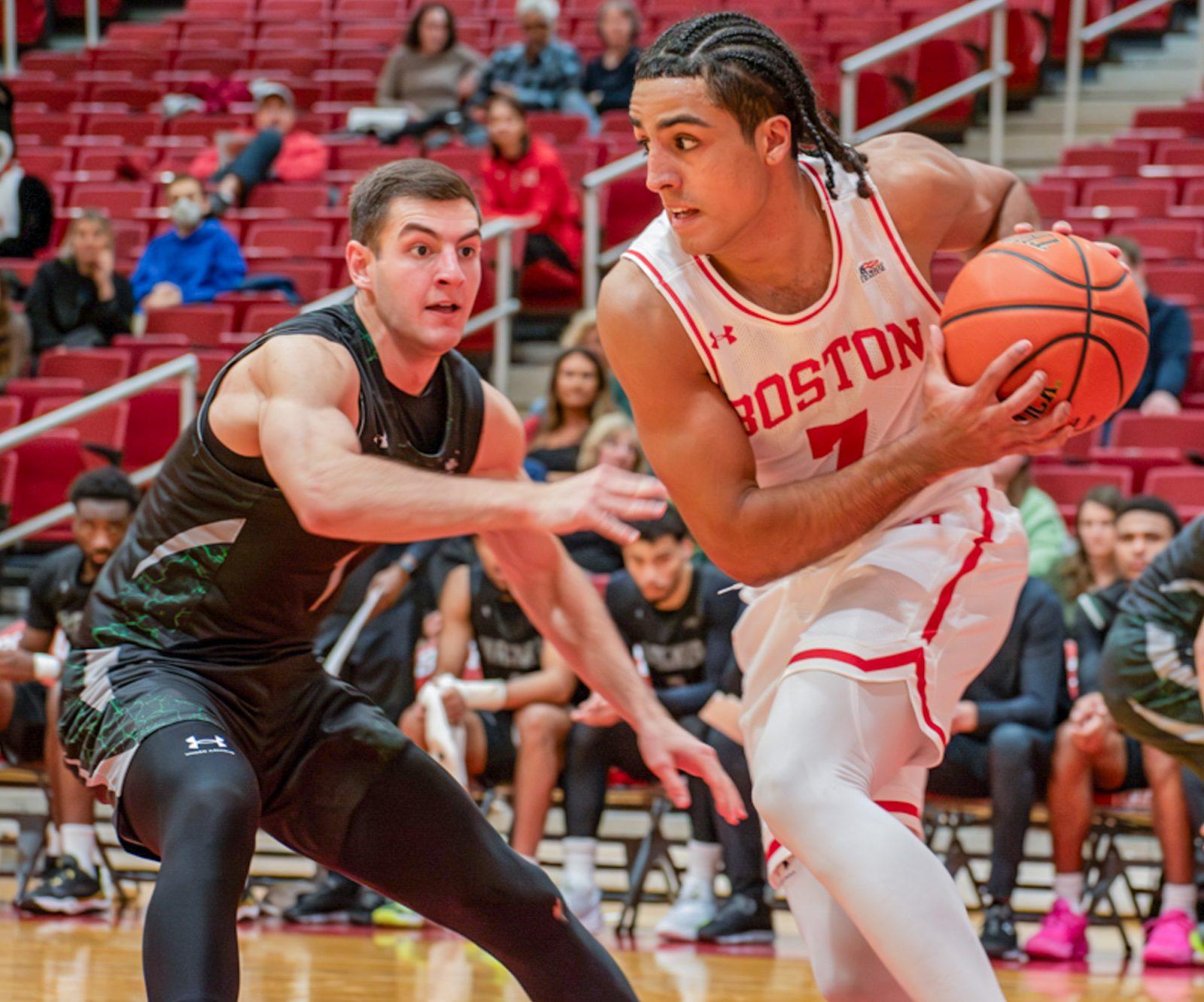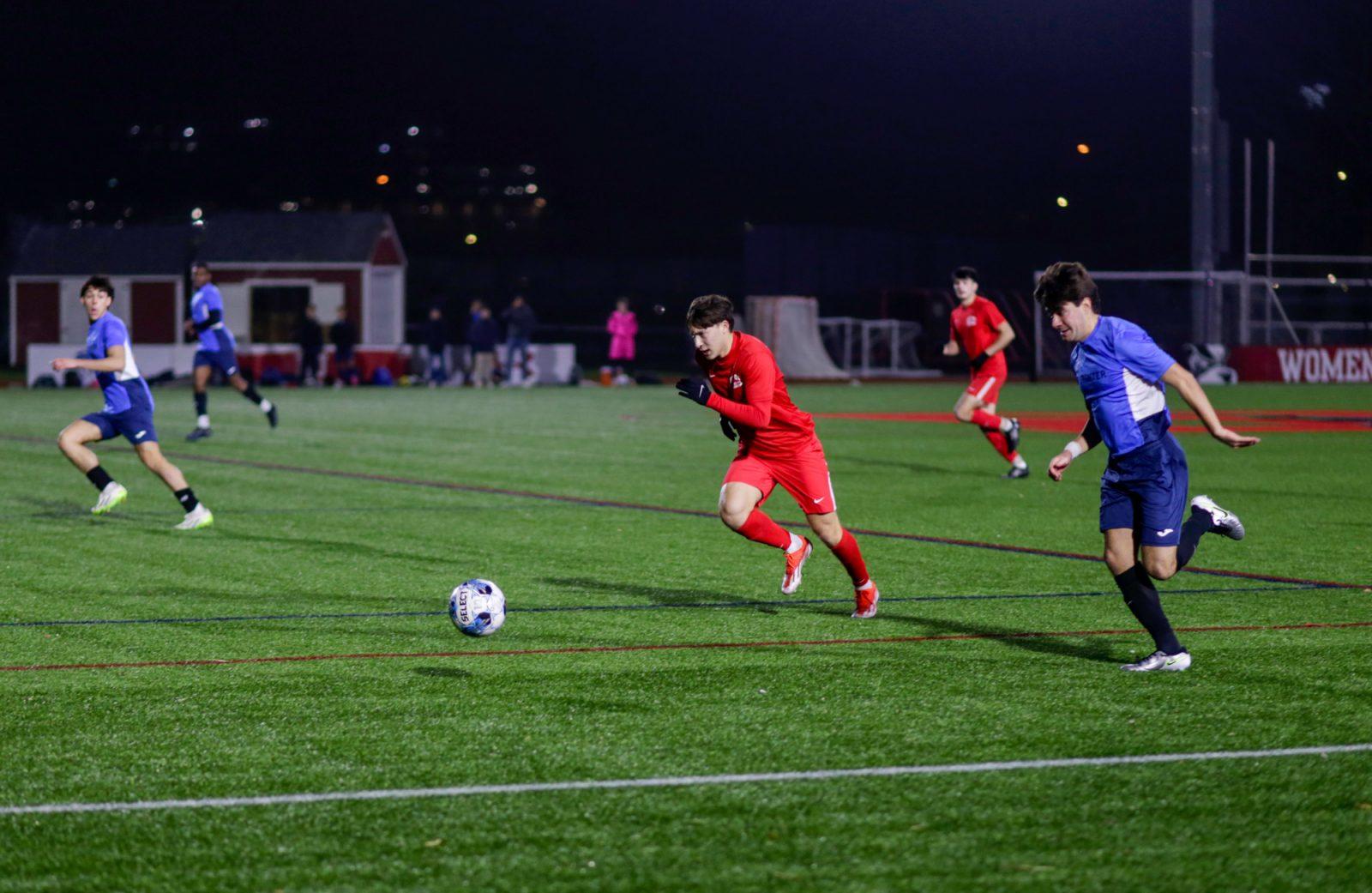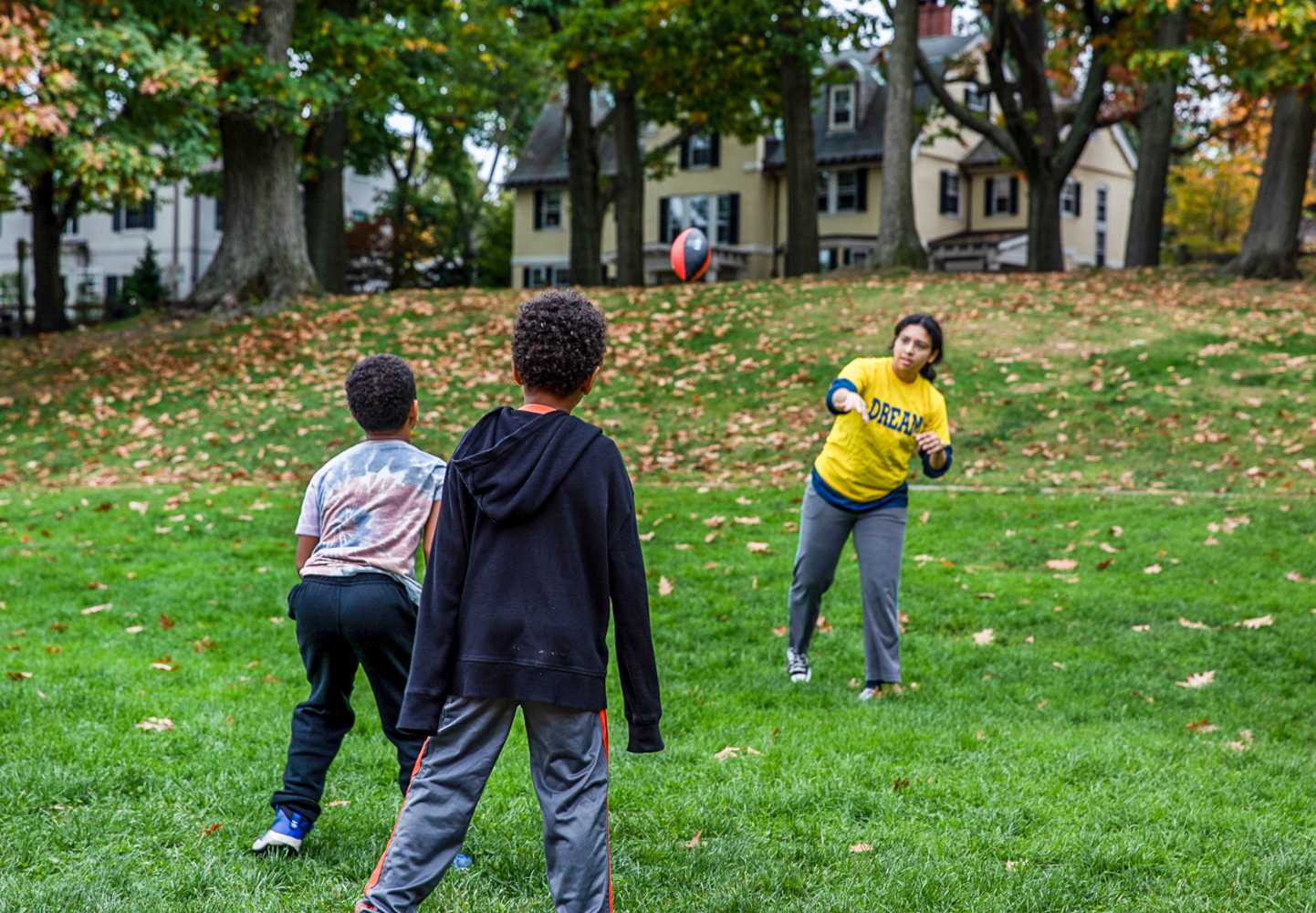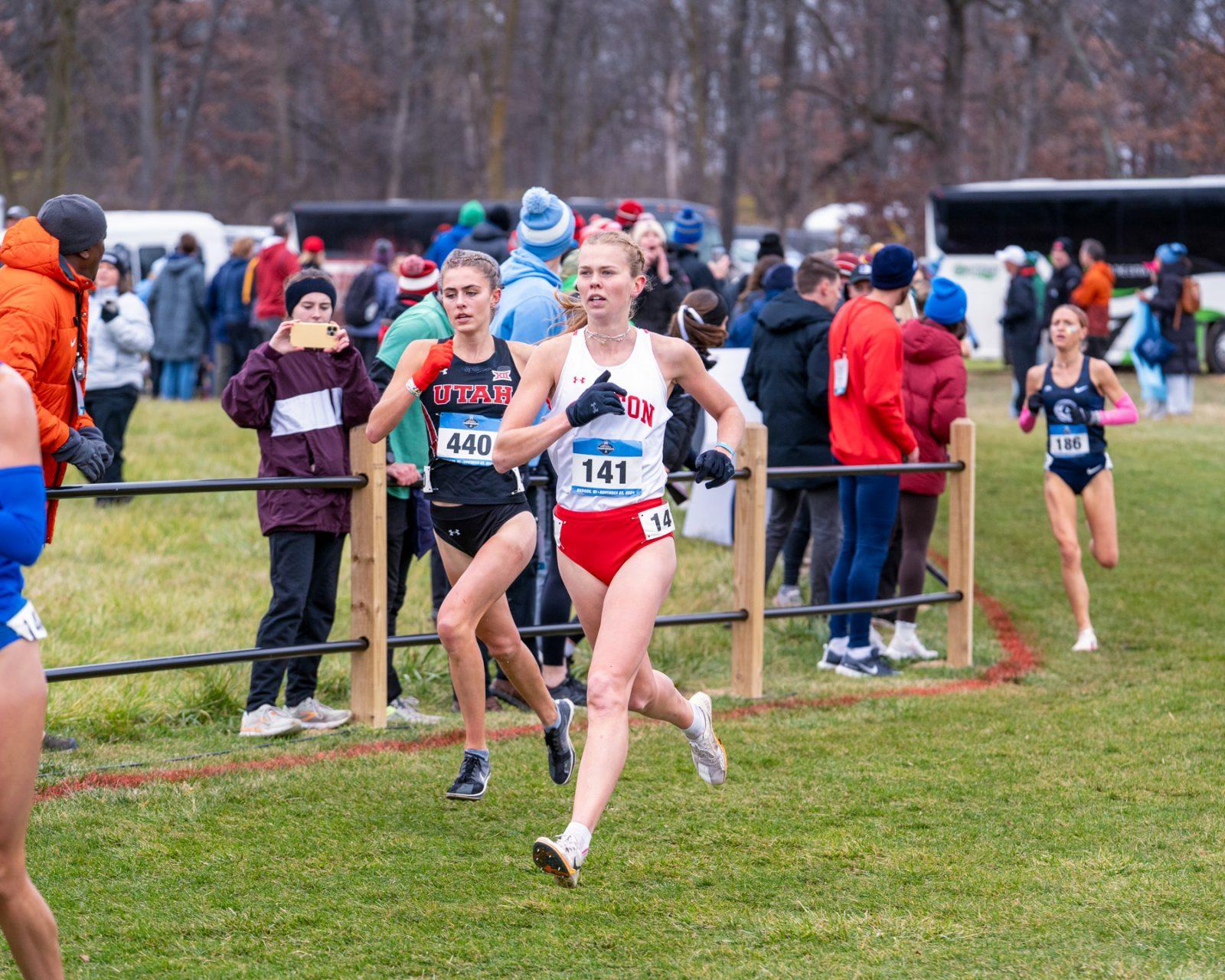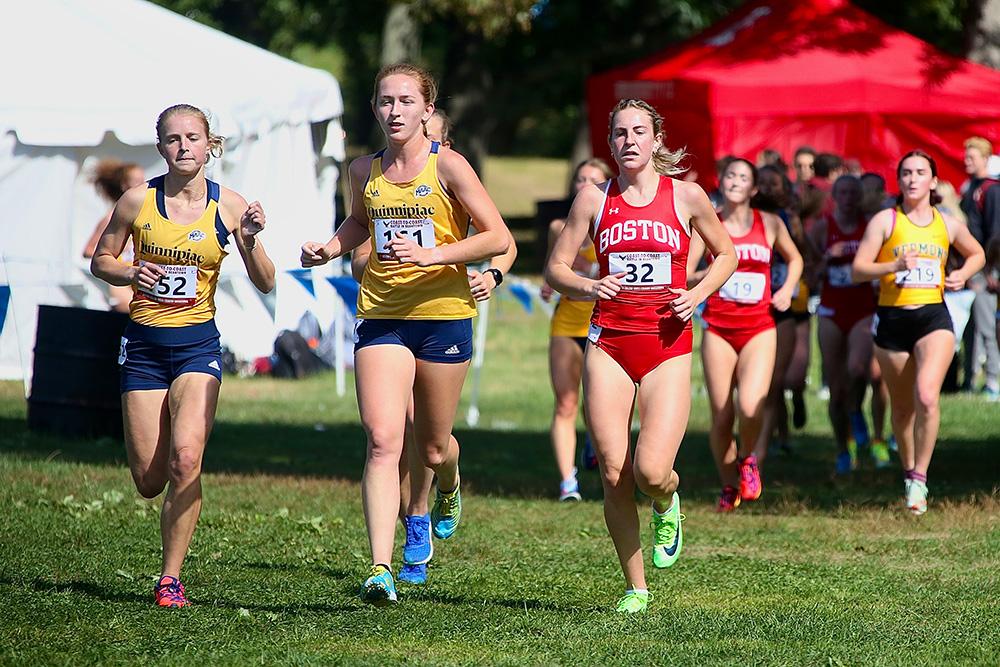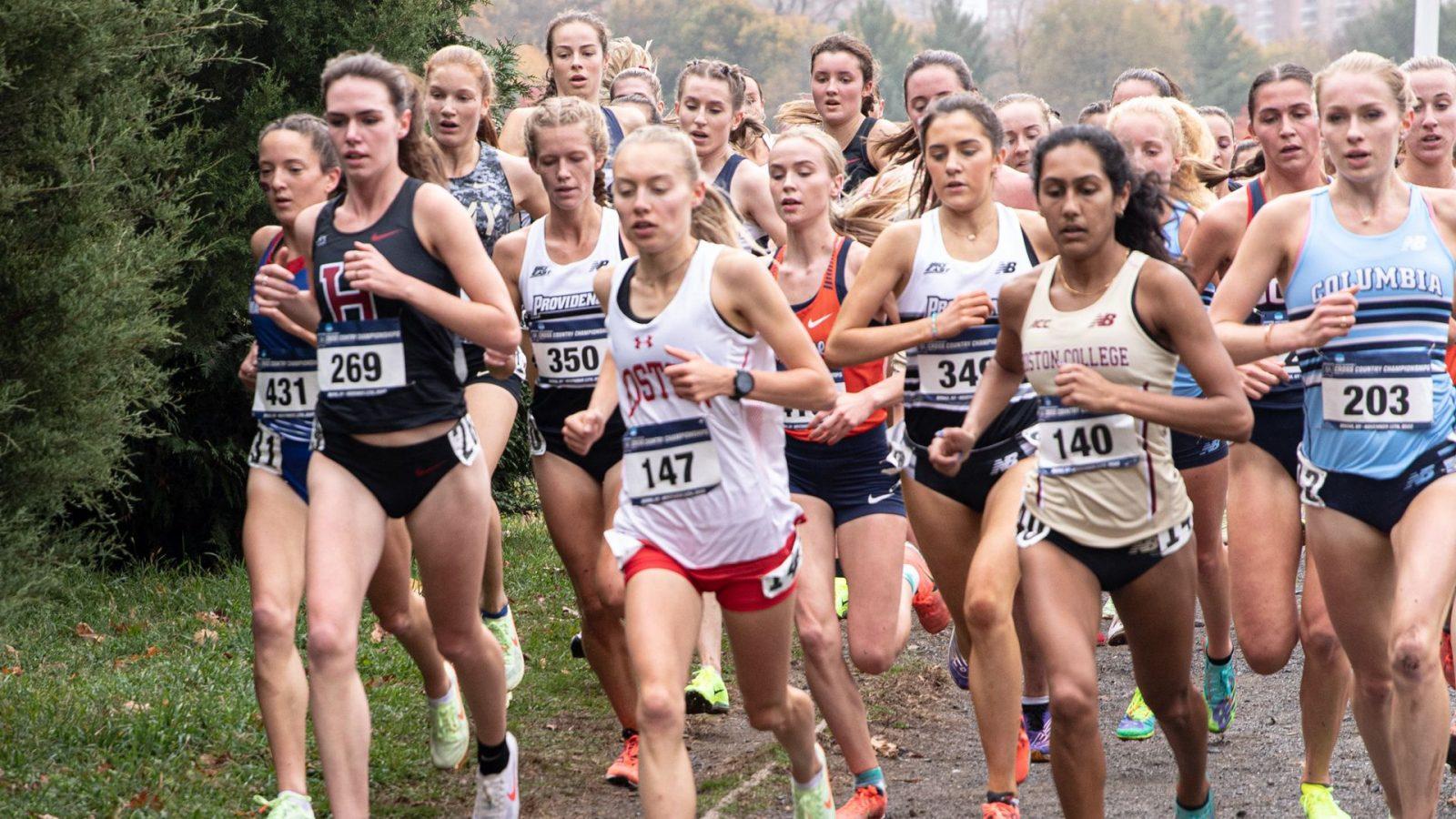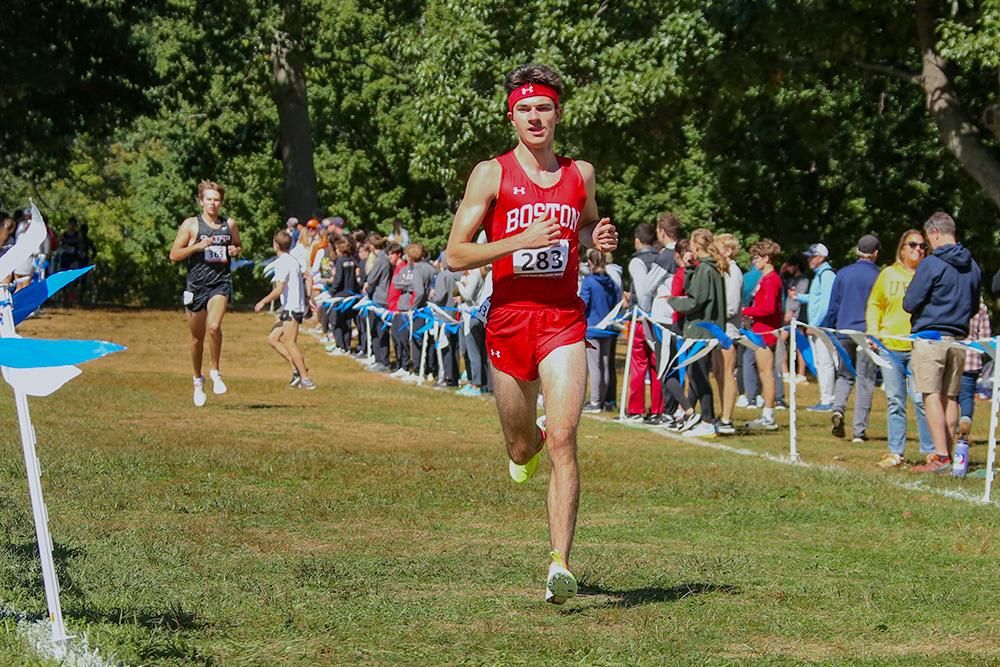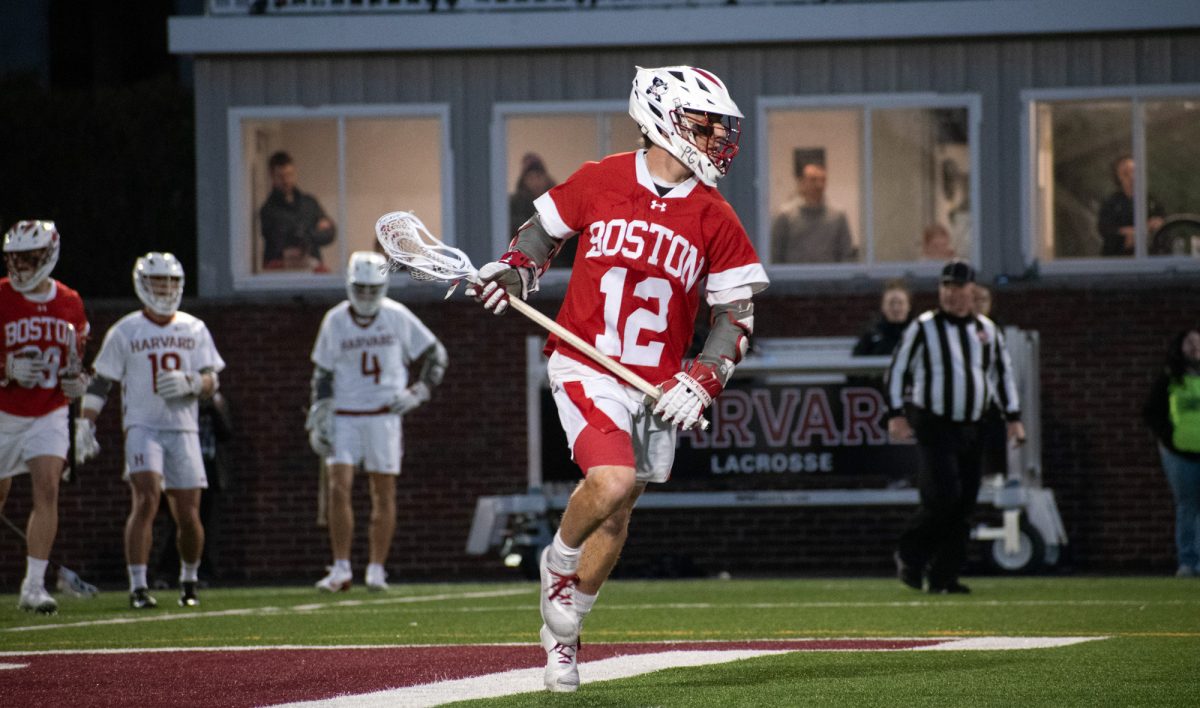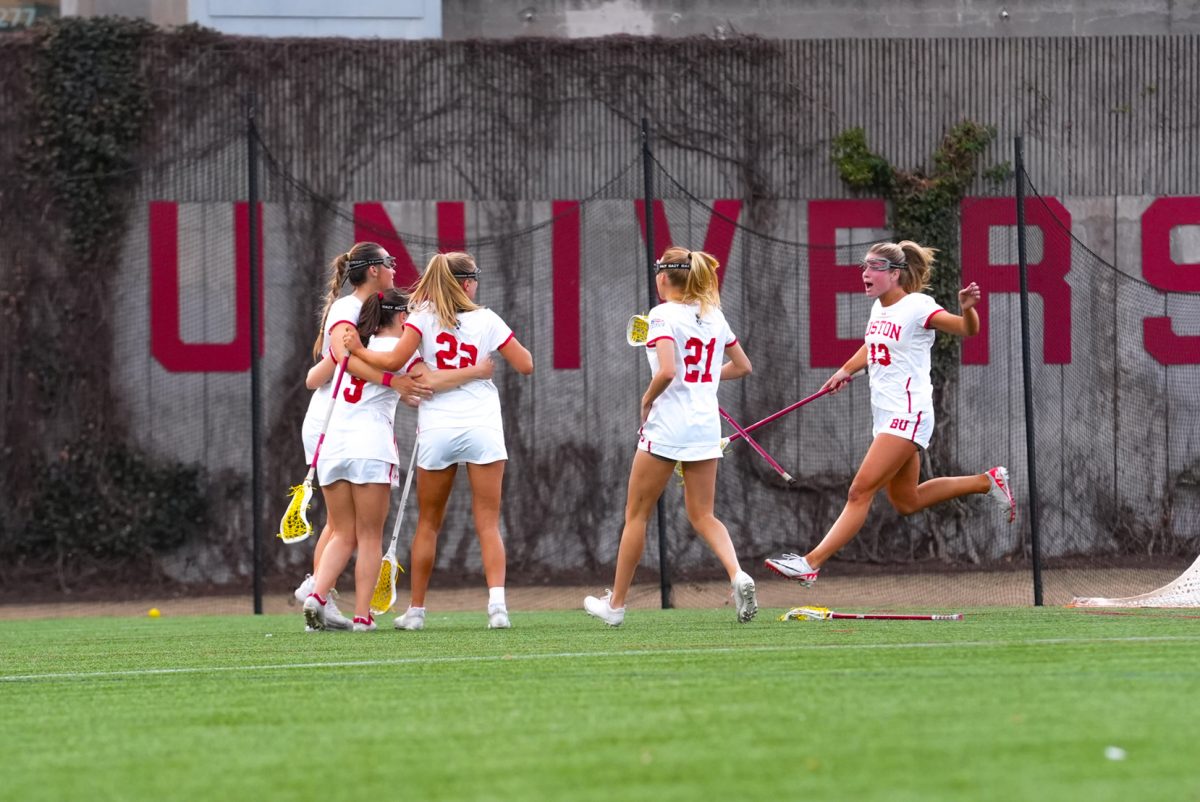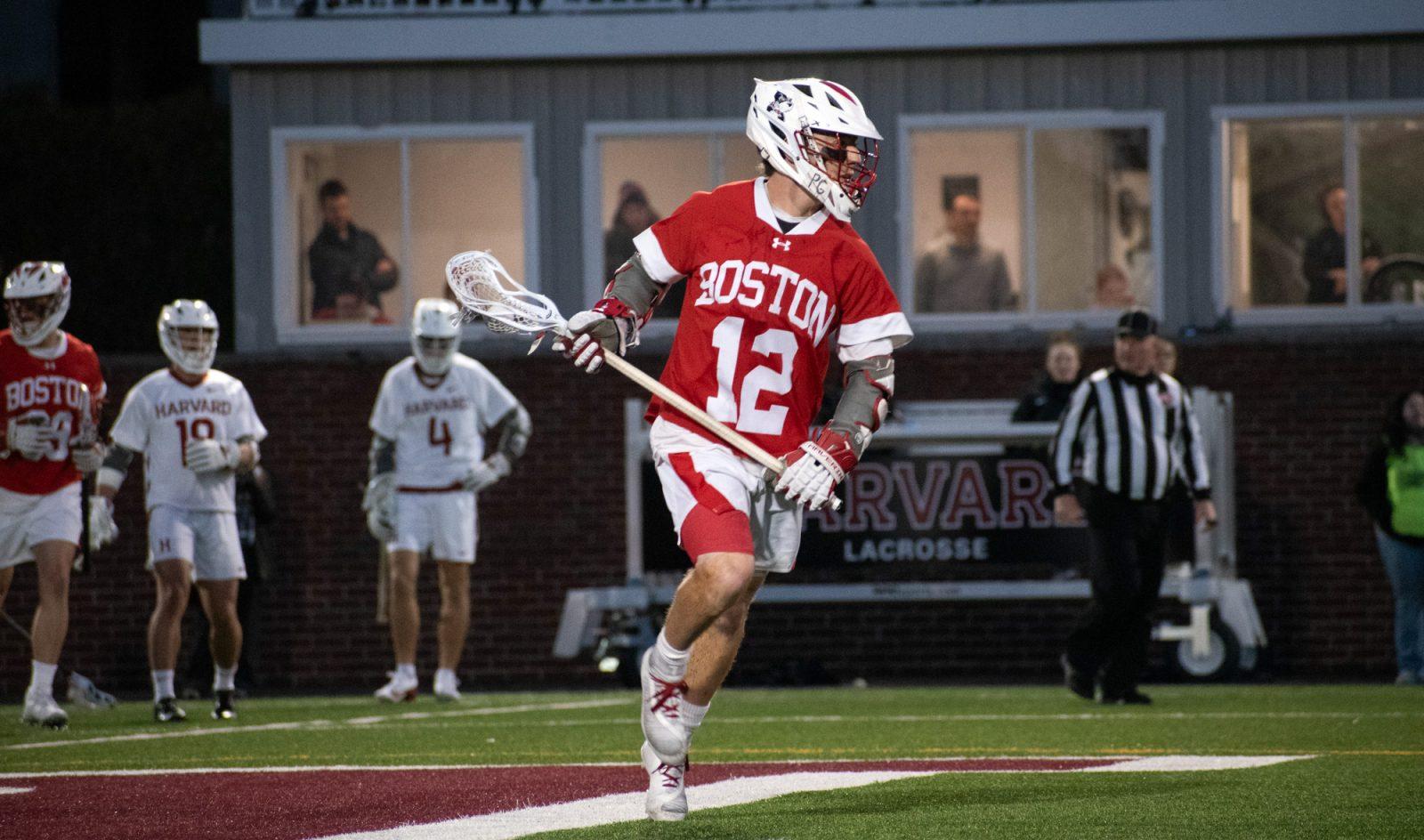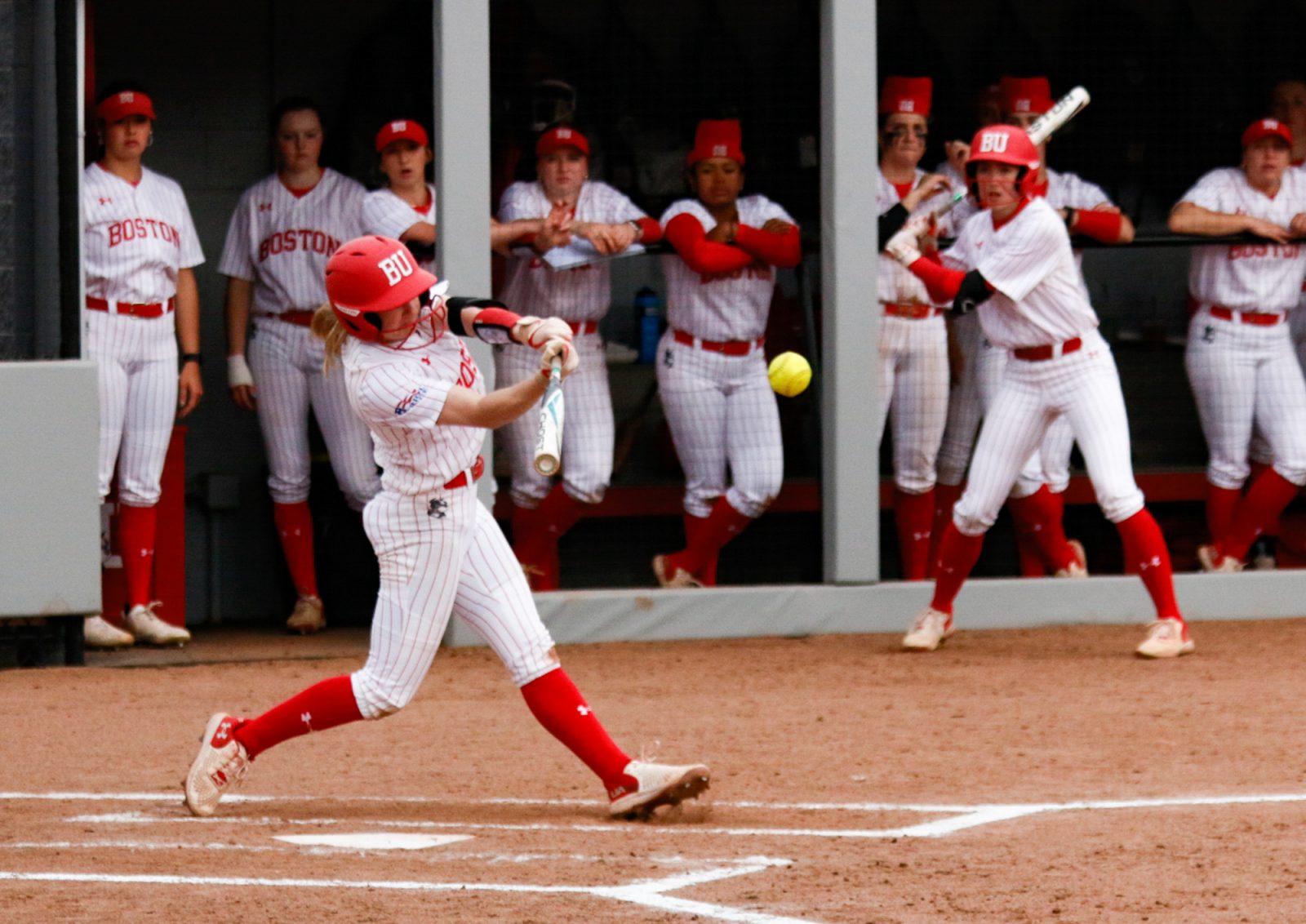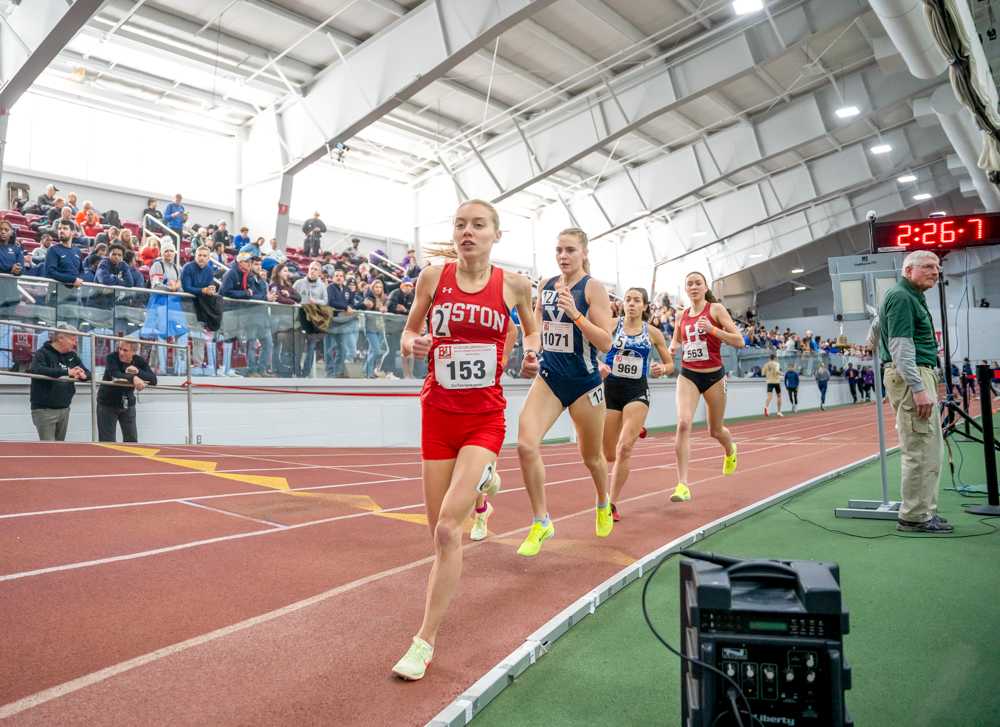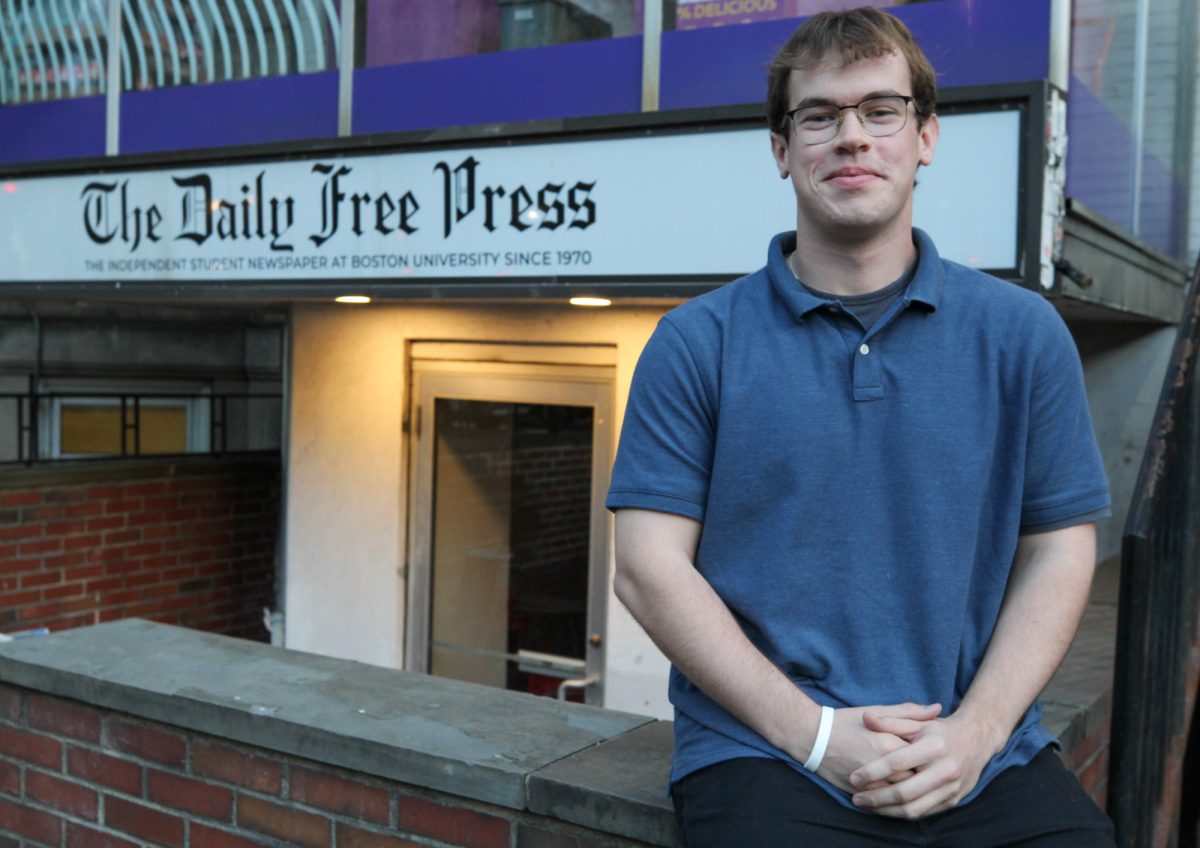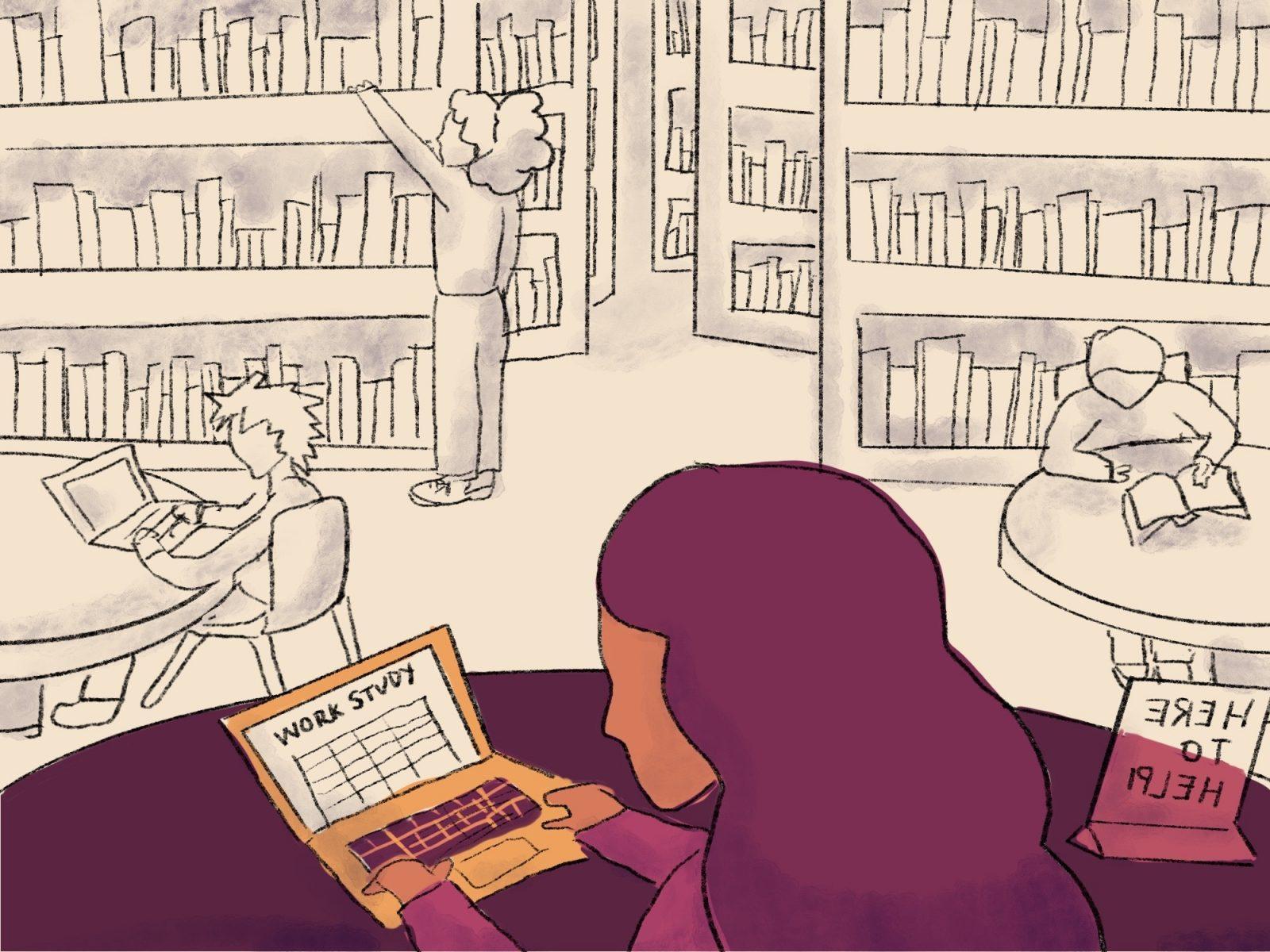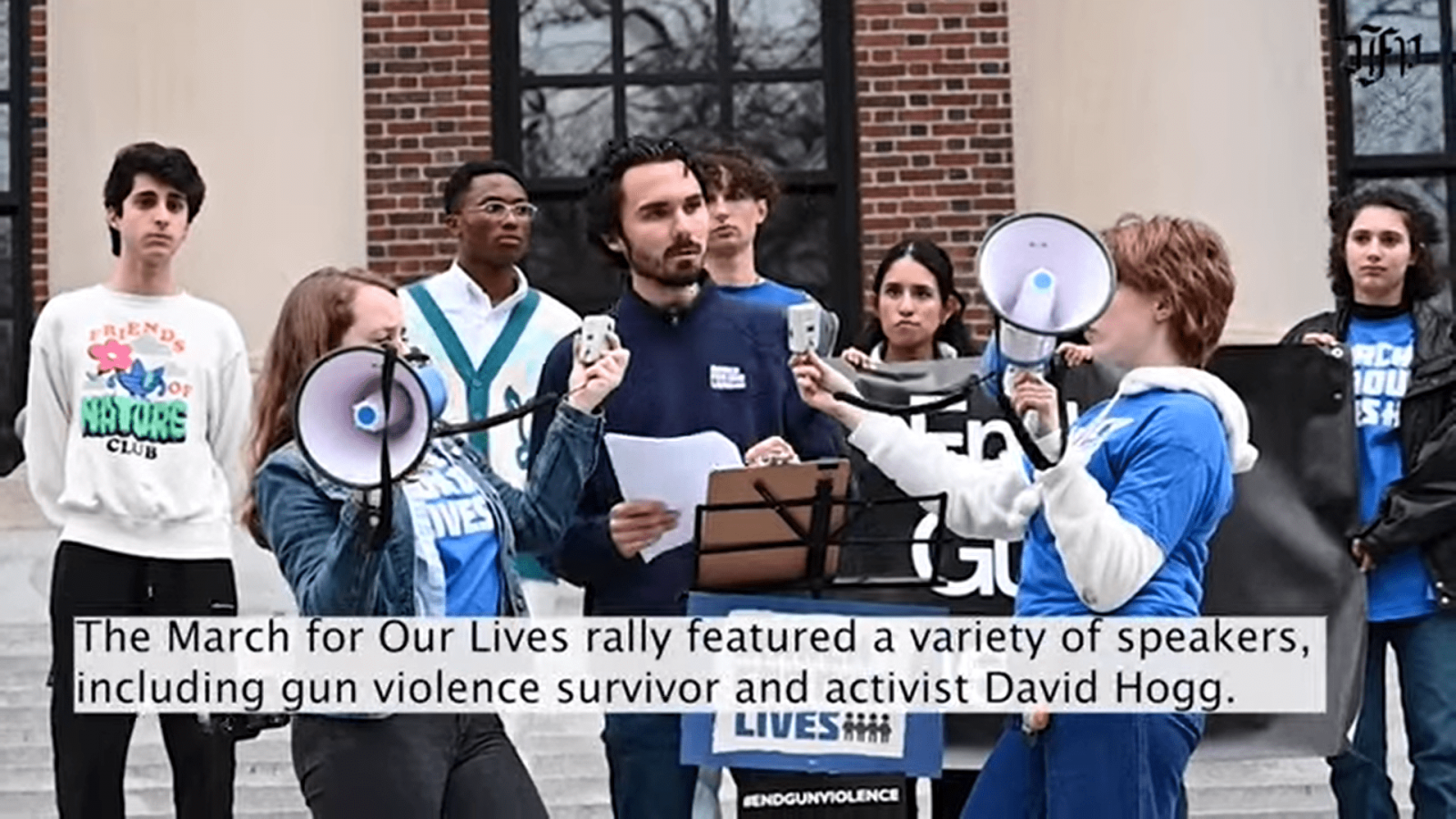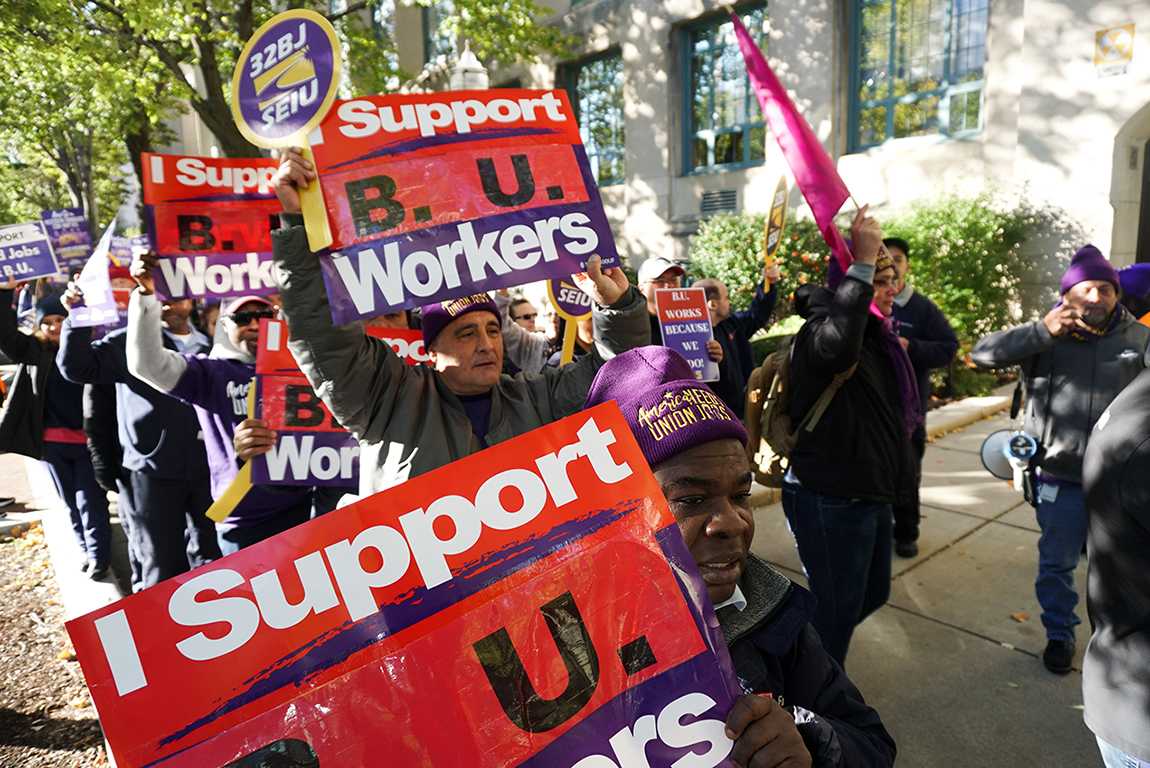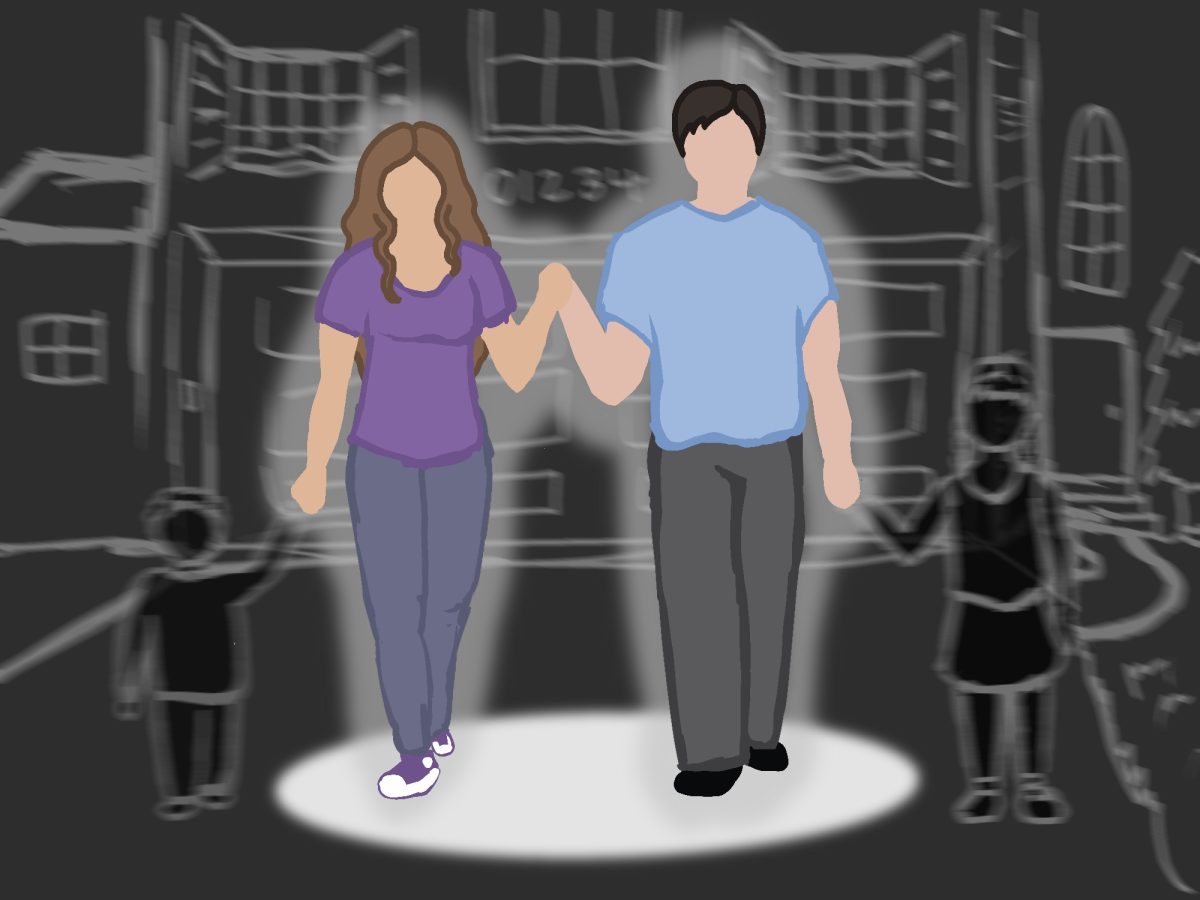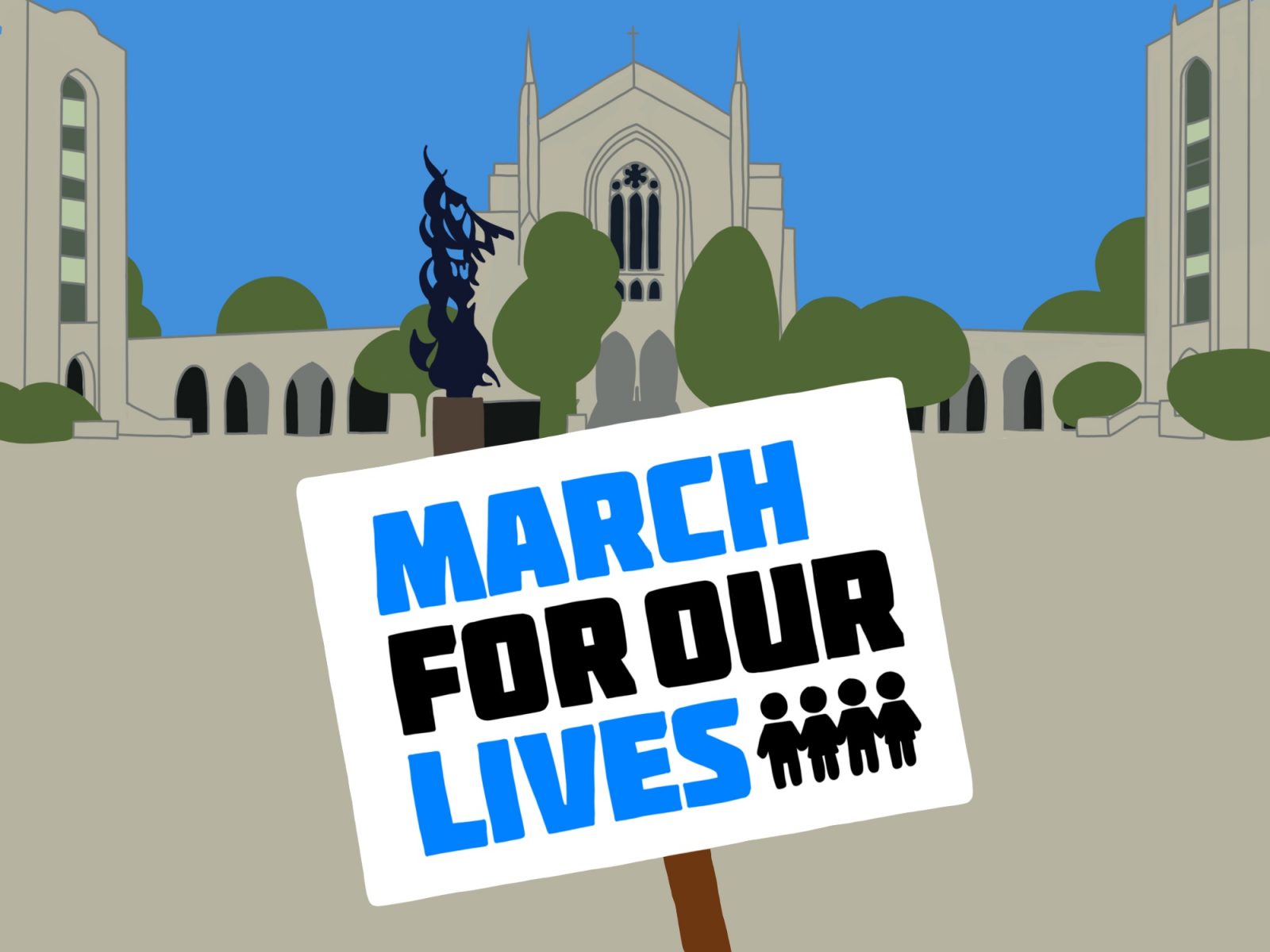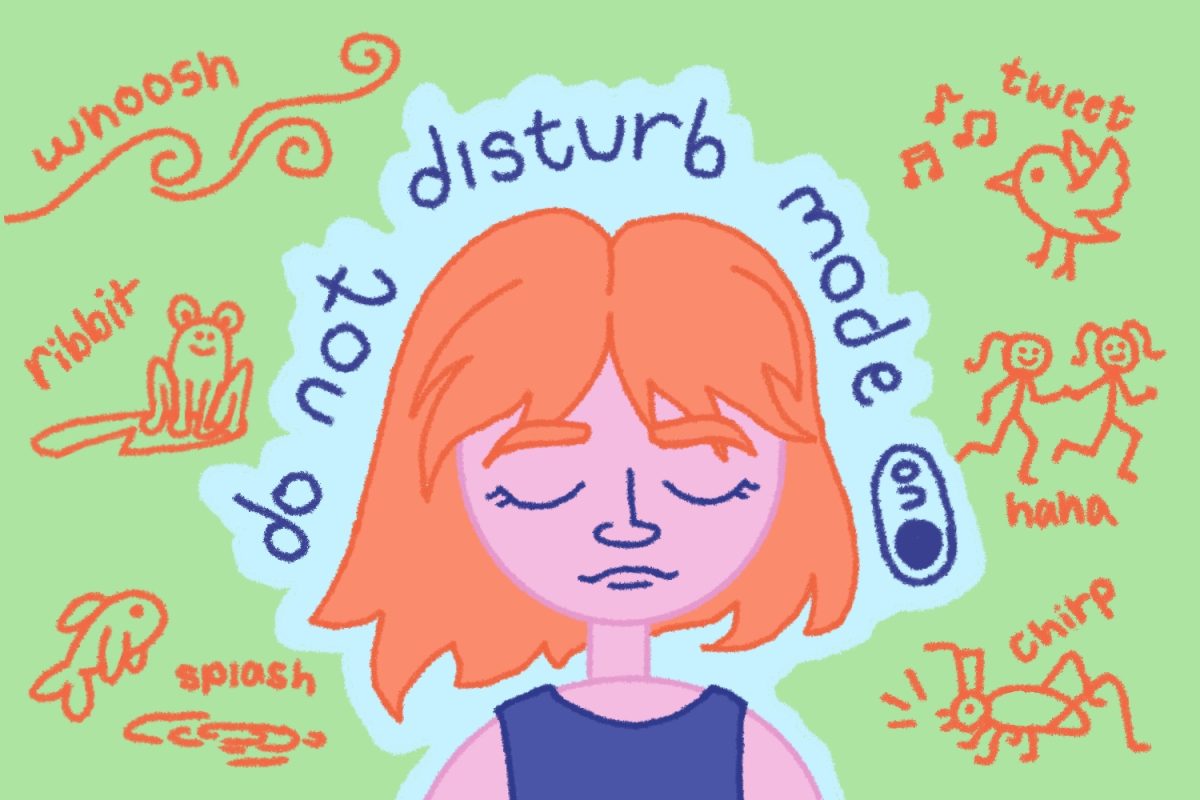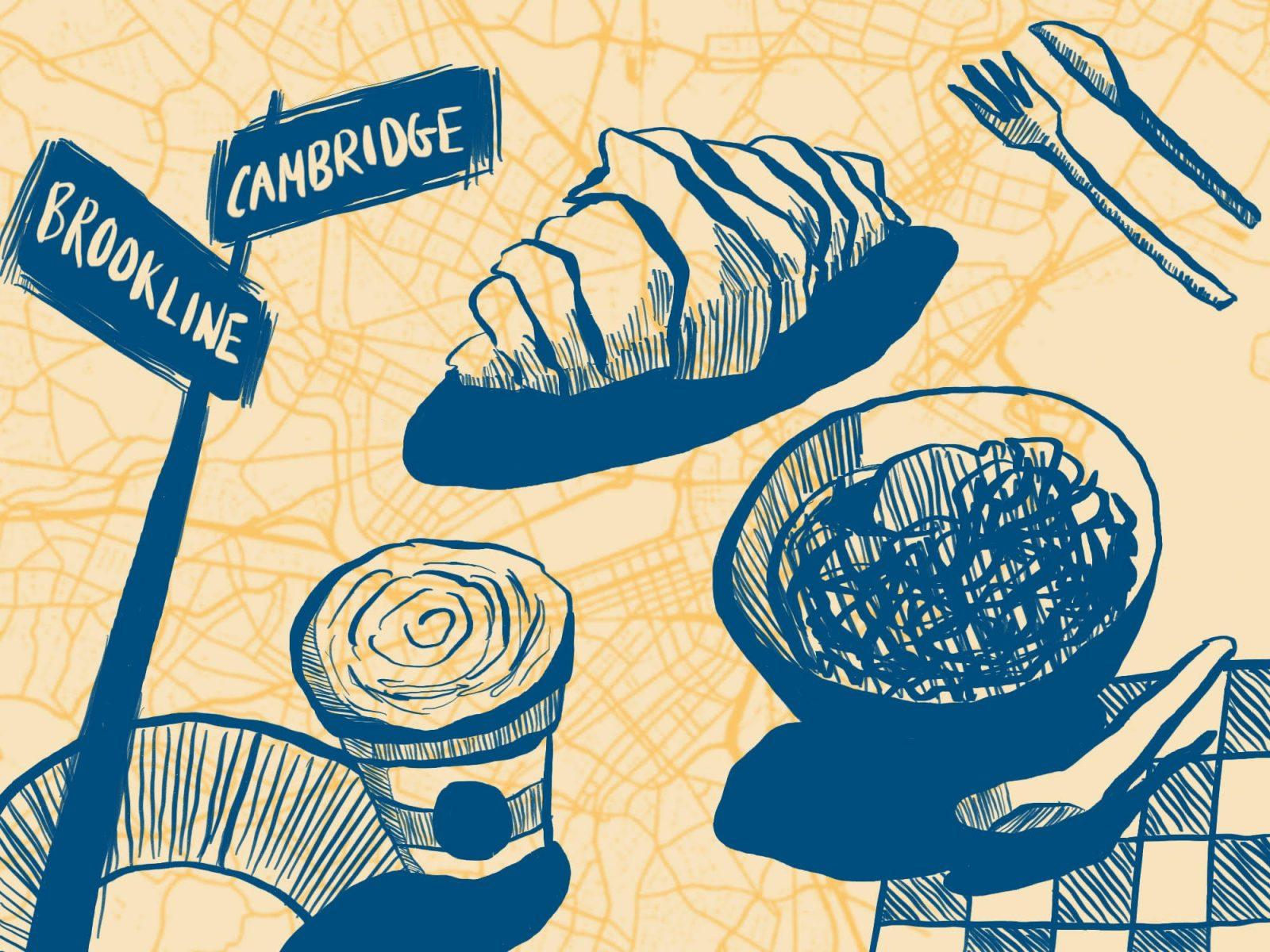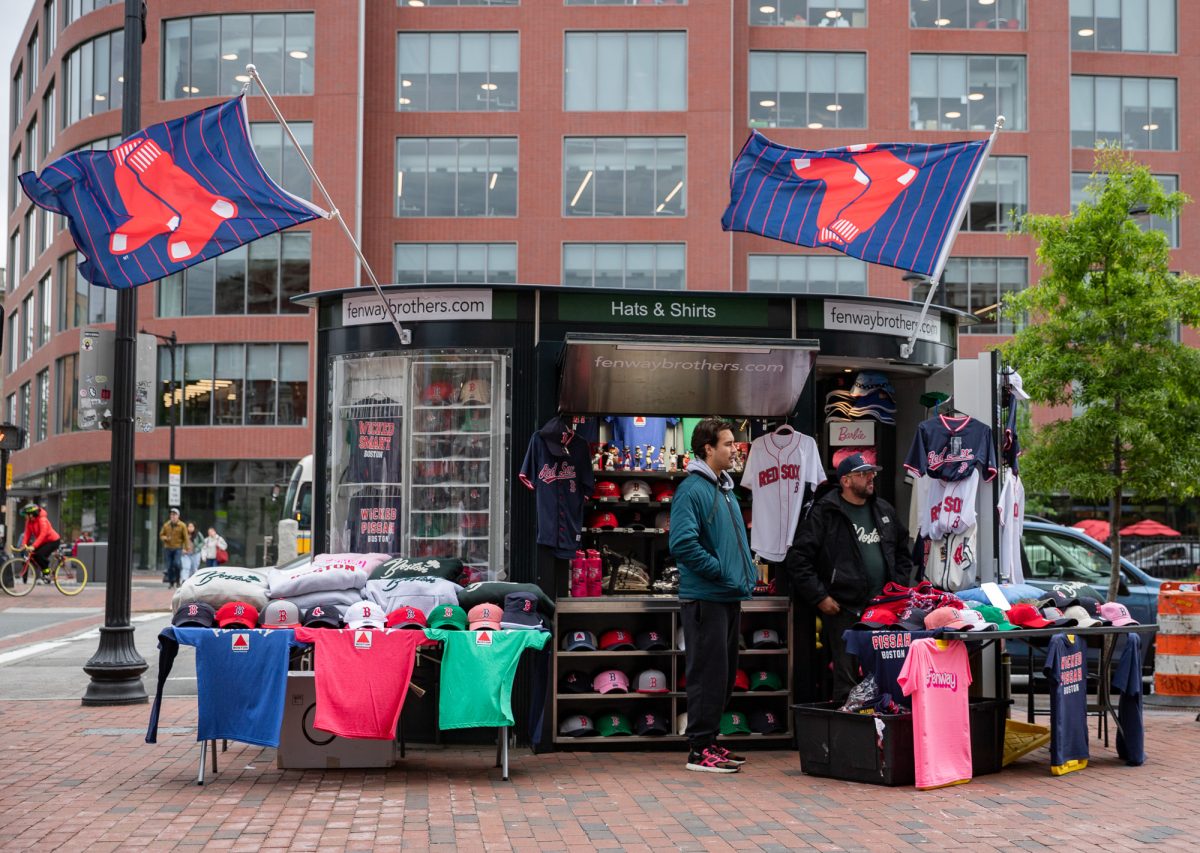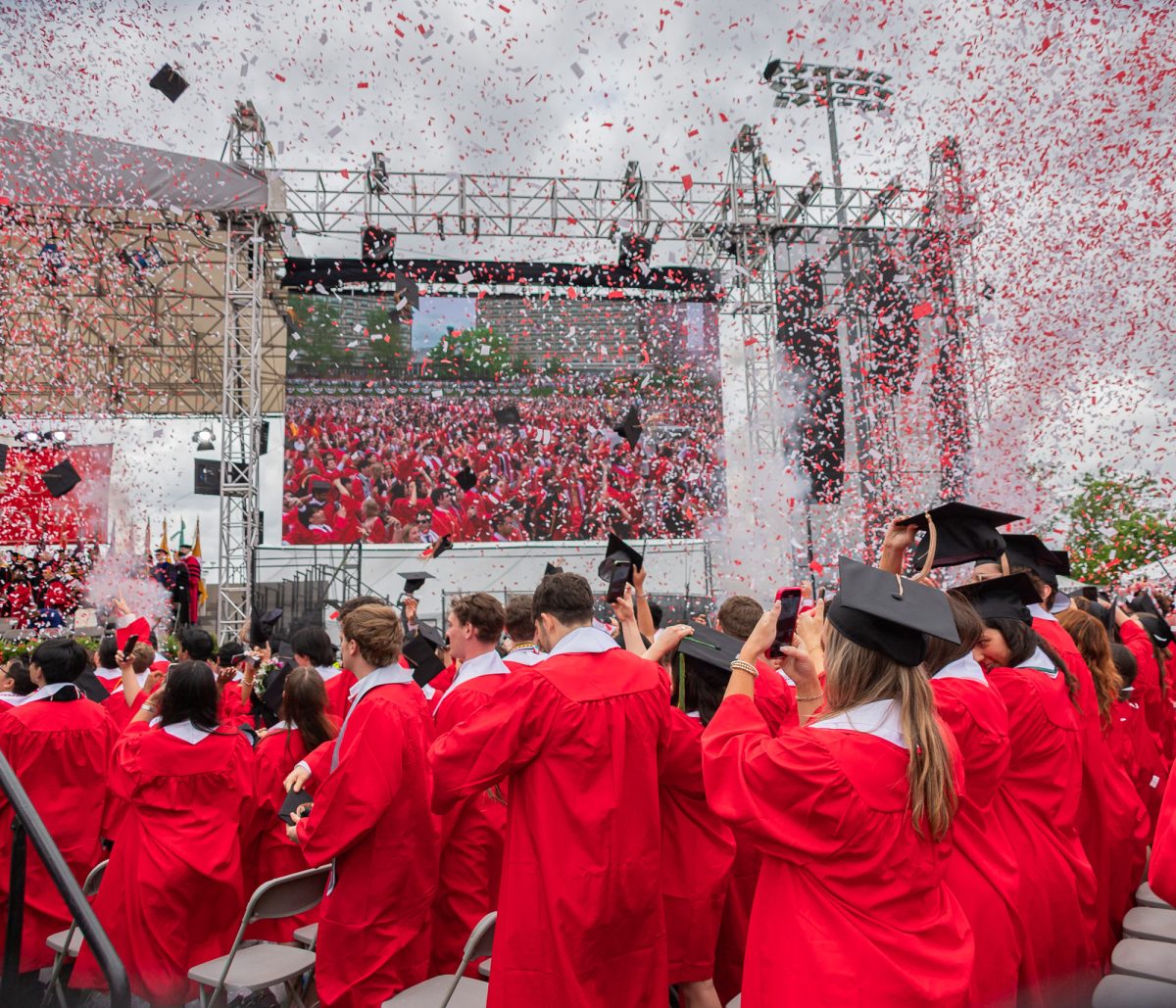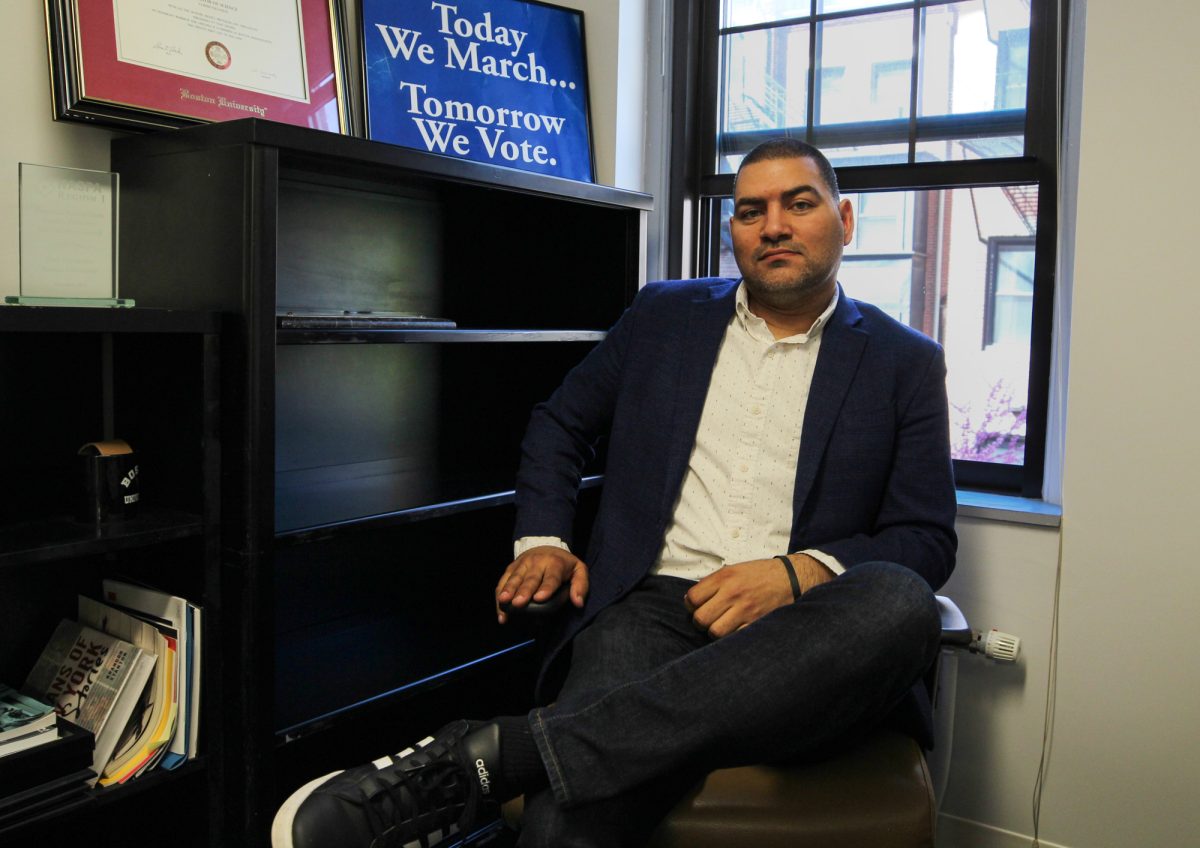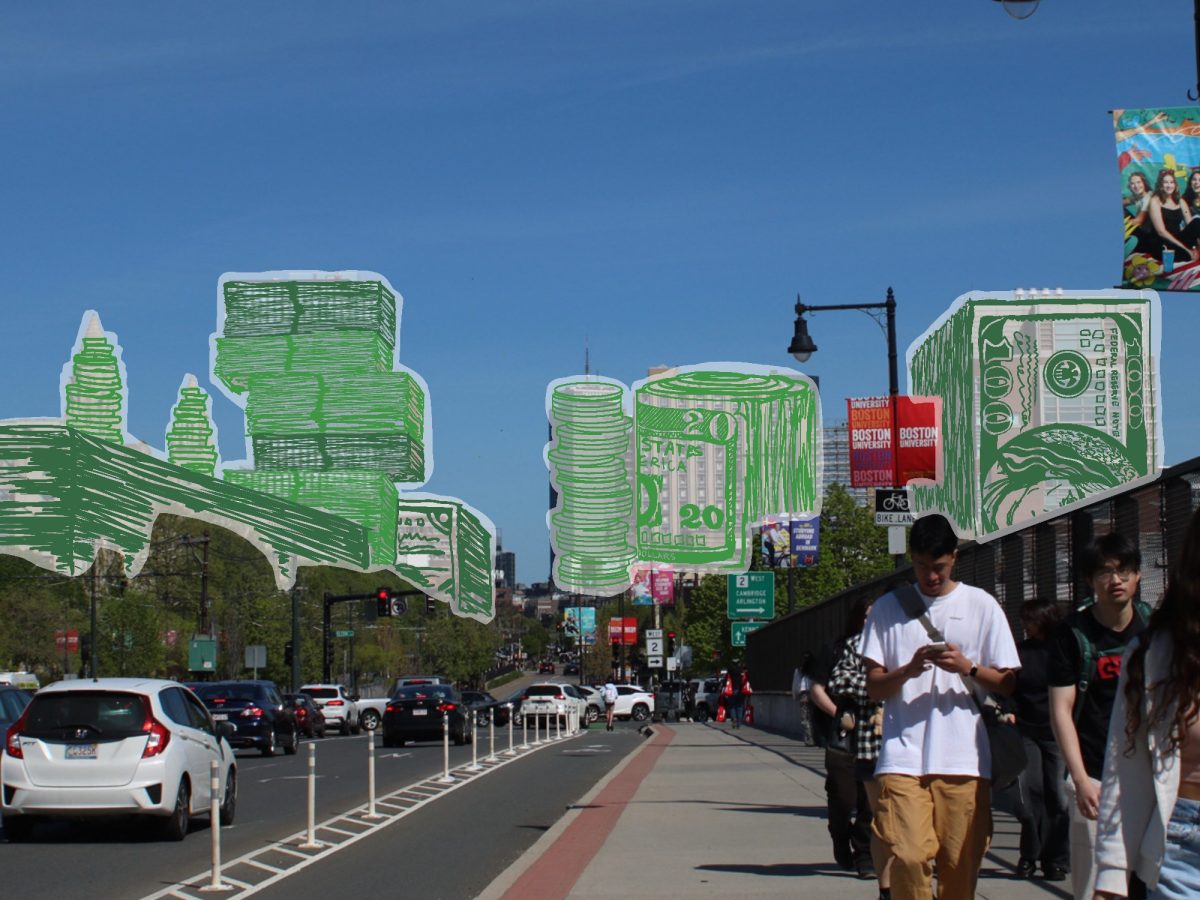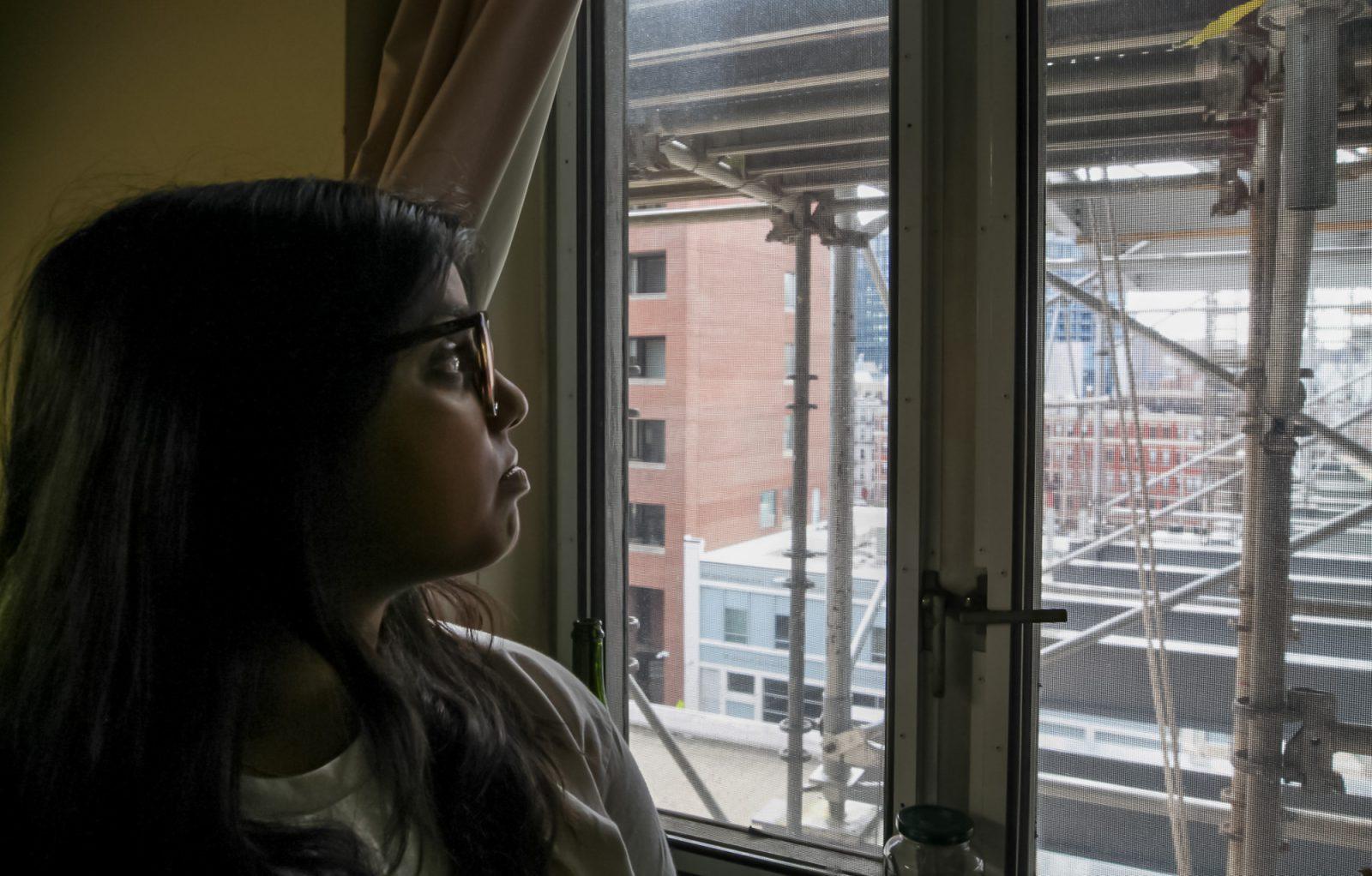For the first time in the school’s history, University of Massachusetts-Boston will build dormitories to house 2,000 of its 12,600 students, UMass-Boston Chancellor Michael Collins announced Tuesday.
“We find ourselves today at a defining juncture in the formation of our university, and I believe we can work together to forge a path that does in fact lead to perfection,” Collins said at the event, according to a Sept. 15 article in The Boston Globe.
UMass-Boston, located in Dorchester, is currently a commuter school.
Collins told students, staff and faculty during his address that the “plan for the residence halls was part of a multi-year master plan that the university will kick-start this year.”
A Sept. 14 U-Mass Boston press release outlined the master plan. In addition to exploring the possibility of new dormitories, the outline includes a push to increase enrollment from 12,600 students to 15,000 — the target number of students the school had planned when it was established in 1964. It also includes a commitment to building new classroom and lab space on campus, as well as the launch of a “UMass Boston Renewal” project.
However, there is currently no site, no funding and no timeline for the proposed dormitories, according to UMass-Boston spokesman Ed Hayward.
Hayward said the university is currently trying to “determine if it is an area of need for students and the campus in general.
“The discussion has been one that has taken place on campus for many years in many forms,” he said.
According to the Globe article, the idea of adding residence halls to the Dorchester campus has been a source of controversy since 2003 when Gov. Mitt Romney killed a $218 million plan to build housing at the school, claiming the plan was financially unsound.
However, the 2003 plan was backed by former UMass President William Bulger.
According to a Sept. 14 Boston Globe article, the 2003 plan for dormitories — part of former Chancellor Jo Ann Gora’s push to update and expand the campus — faced criticism from neighbors who said the dorms would interfere with the school’s urban structure.
“So what the chancellor thinks we should do is look closely at whether our students would [need] a residential option,” Hayward said. “We have a strategic planning process that’s going to go on for about a year.”
He said the university will have a “strategic planning effort” that will discuss “what the university needs and wants to do.”
Hayward said the planning effort will include the creation of a blueprint of the university’s proposed appearance.
“I think it’s worth something that we do have several hundred students who live right next to campus in rental apartments,” Hayward said. “We have nearly 2,000 students who live along the Red Line corridor. So students do seek housing. I think that the idea is to [gain a better grasp] of who these students are.”
Hayward said any action taken toward the dormitories is done only after consulting with campus representatives, neighbors of the campus and local elected officials.
“[During the current semester] a master planning effort will address the physical needs of the campus in a manner that supports the academic and student life enterprise,” Michael Metzger, president of the Student Senate at UMass-Boston, said in an email.
“The master planning effort will help us determine what UMass-Boston will look like in the future — with considerations for our academic space, transportation needs and how our campus can be more physically linked to the local community, to name just a few areas of interest,” Metzger continued.

